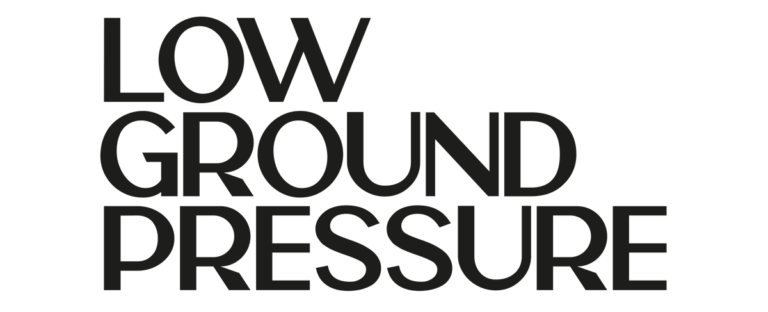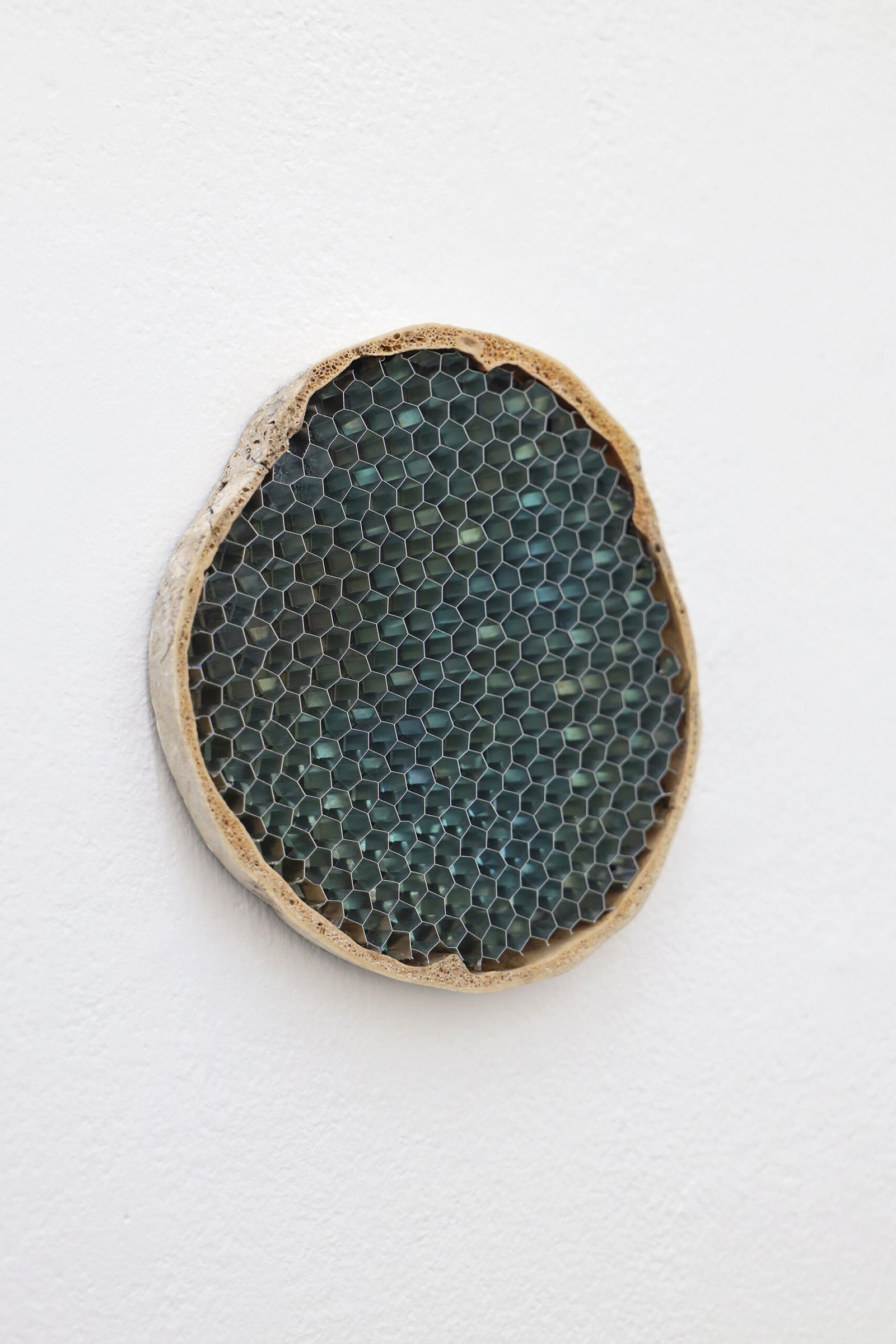


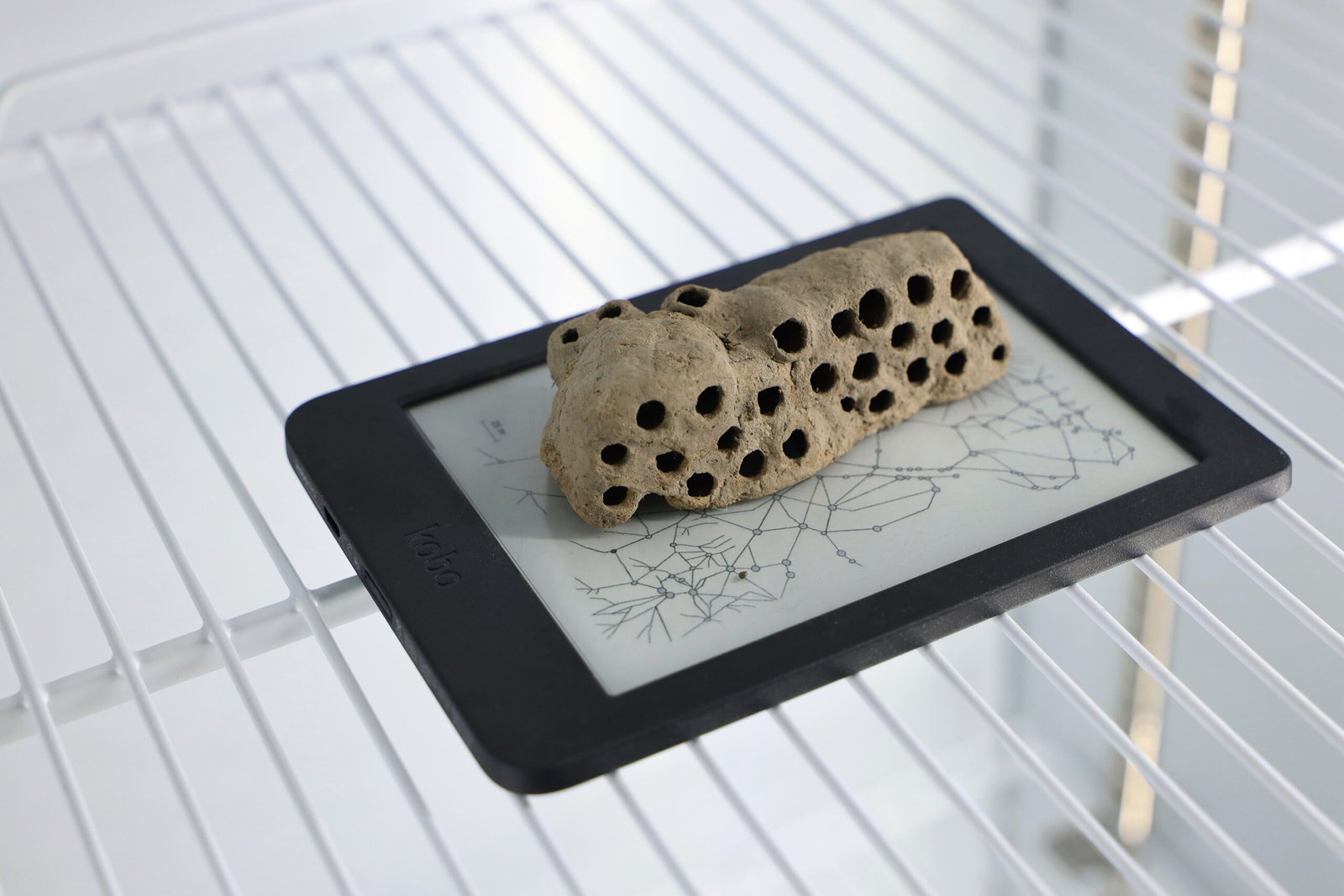

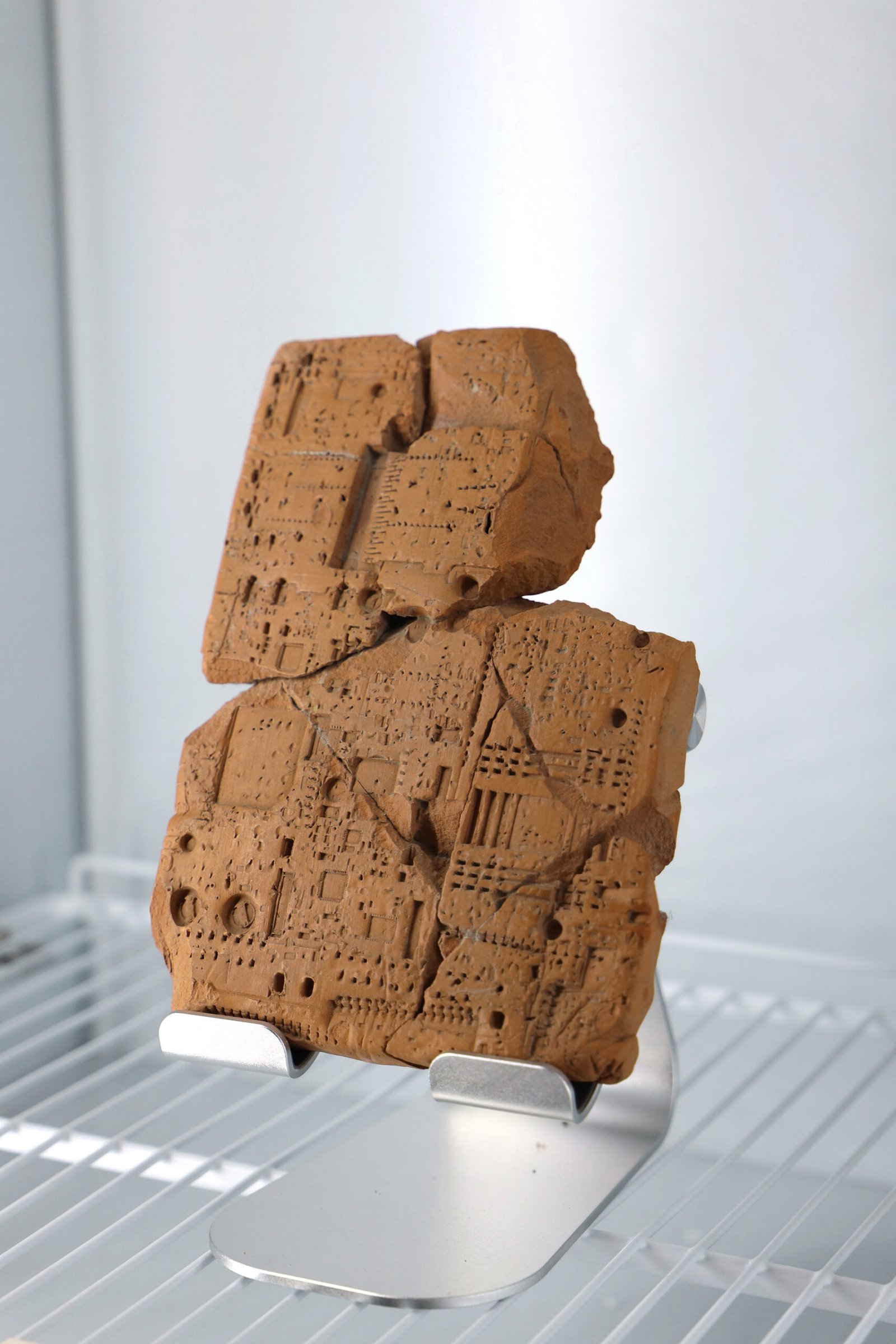
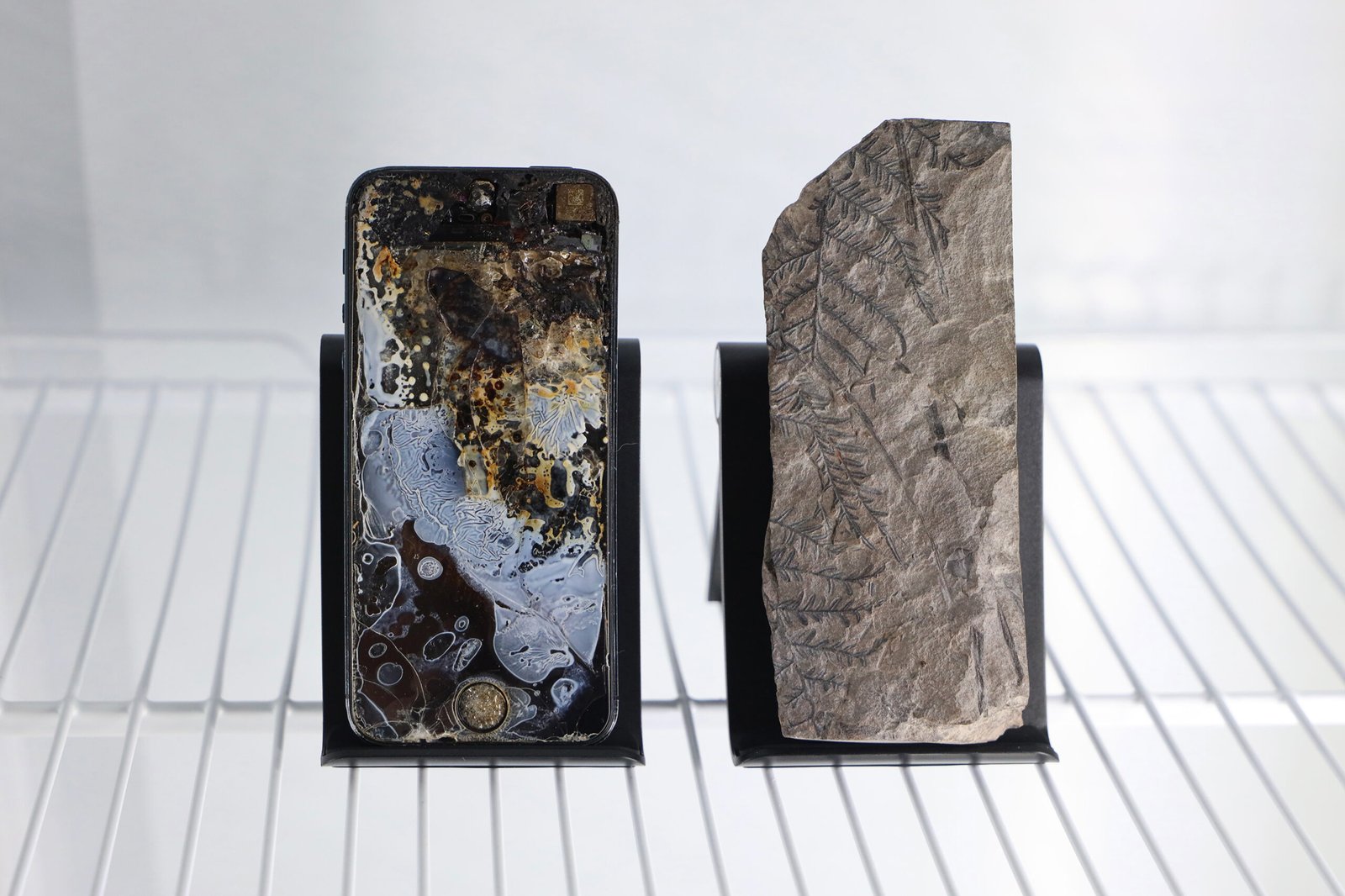
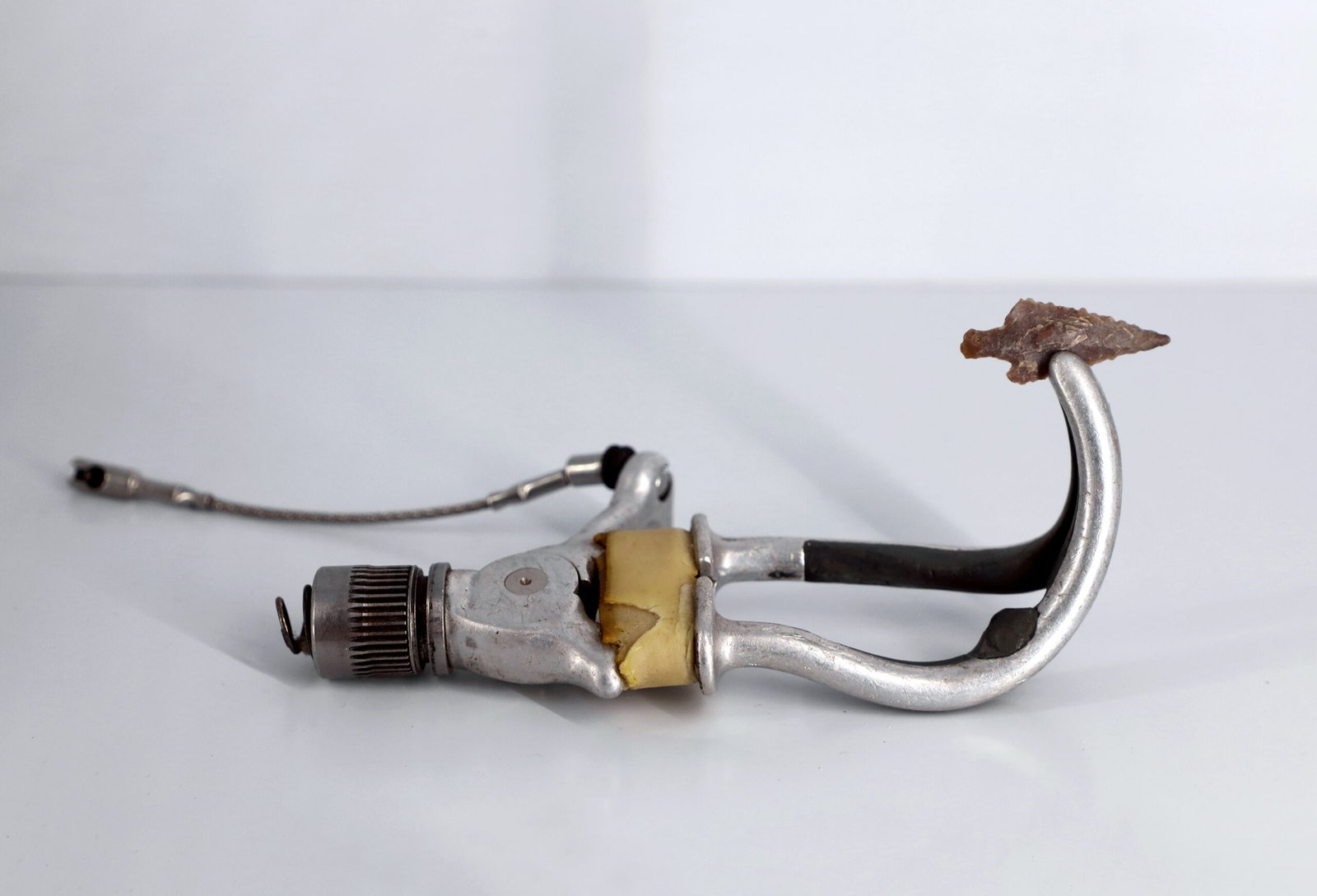
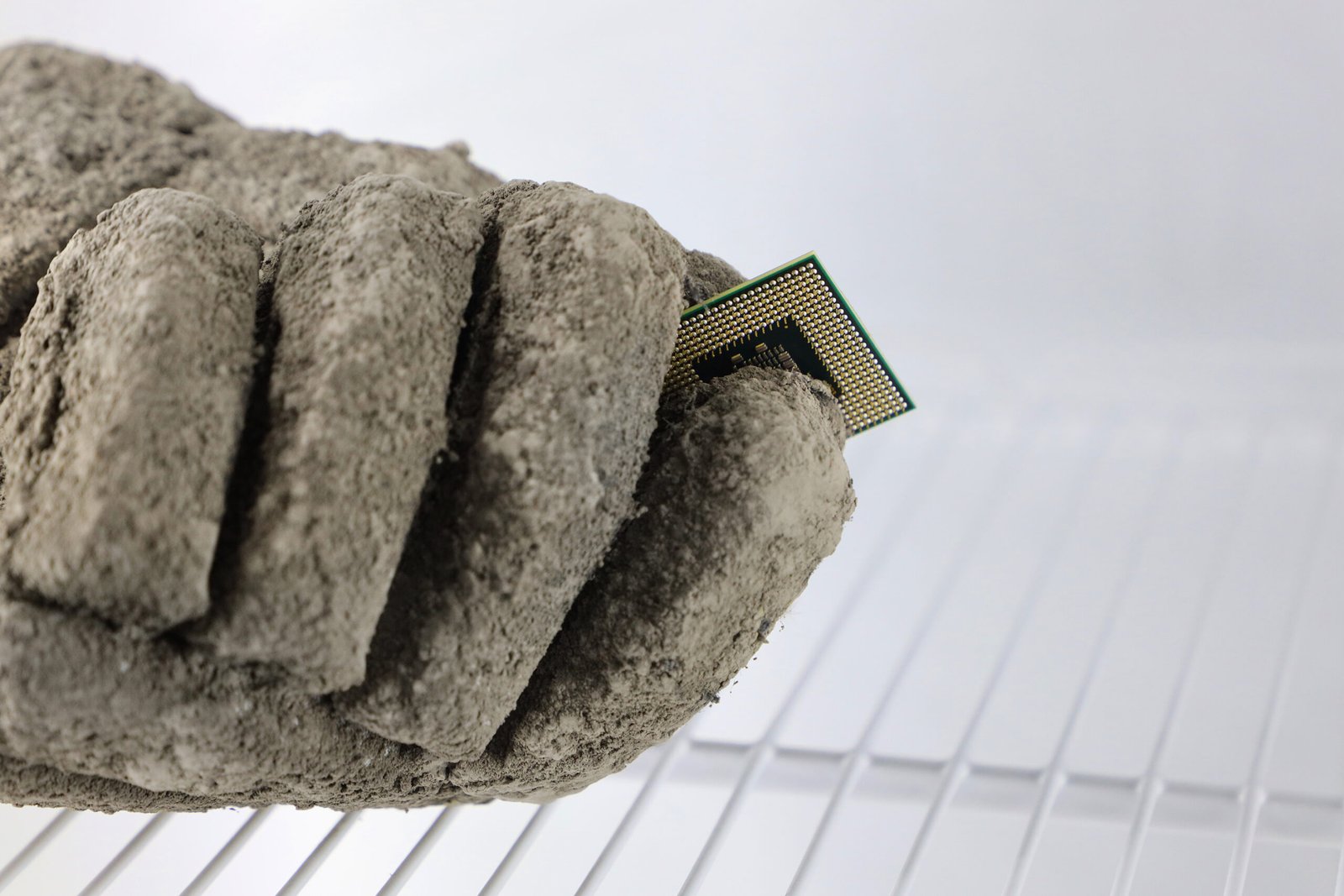

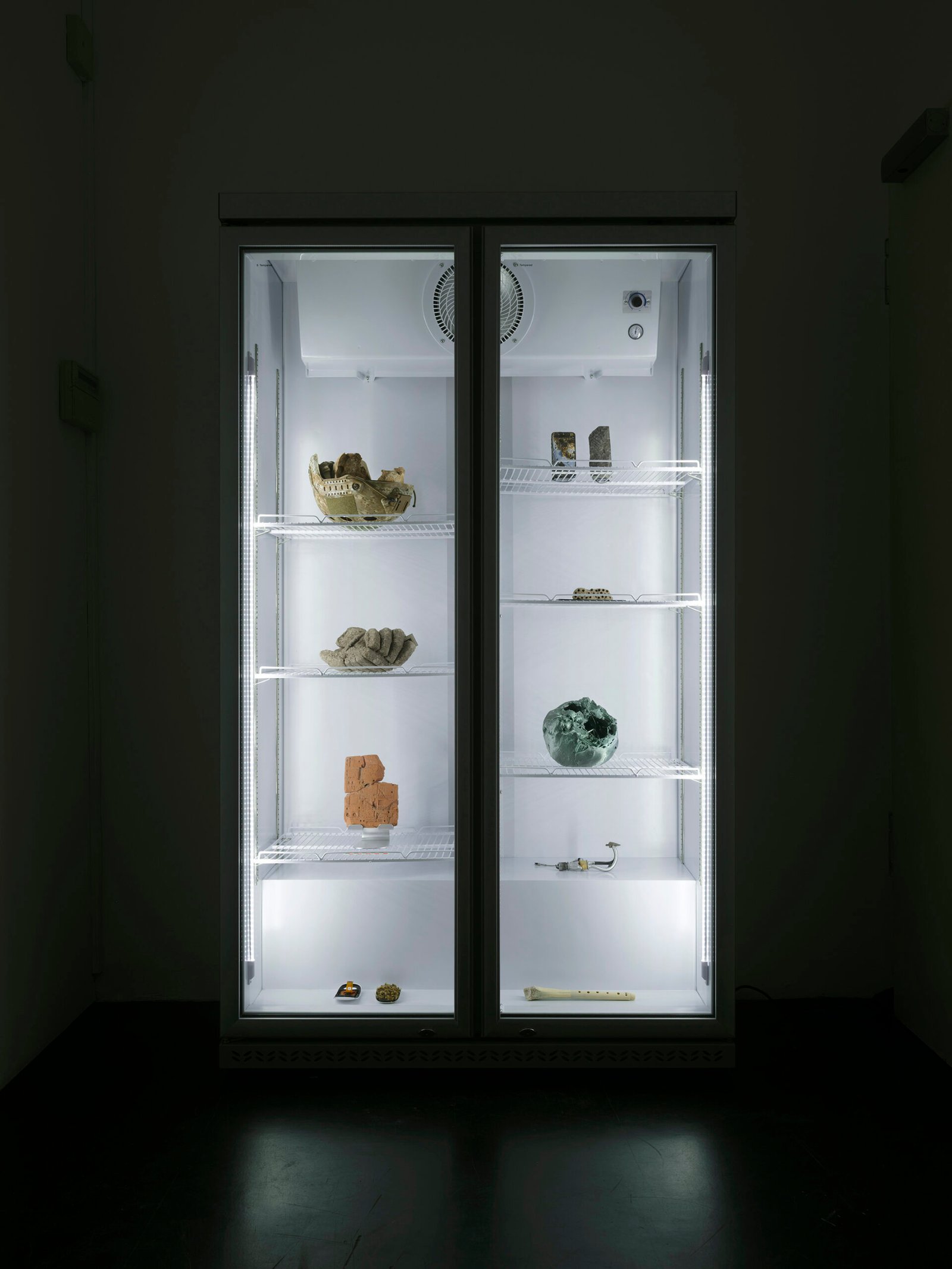
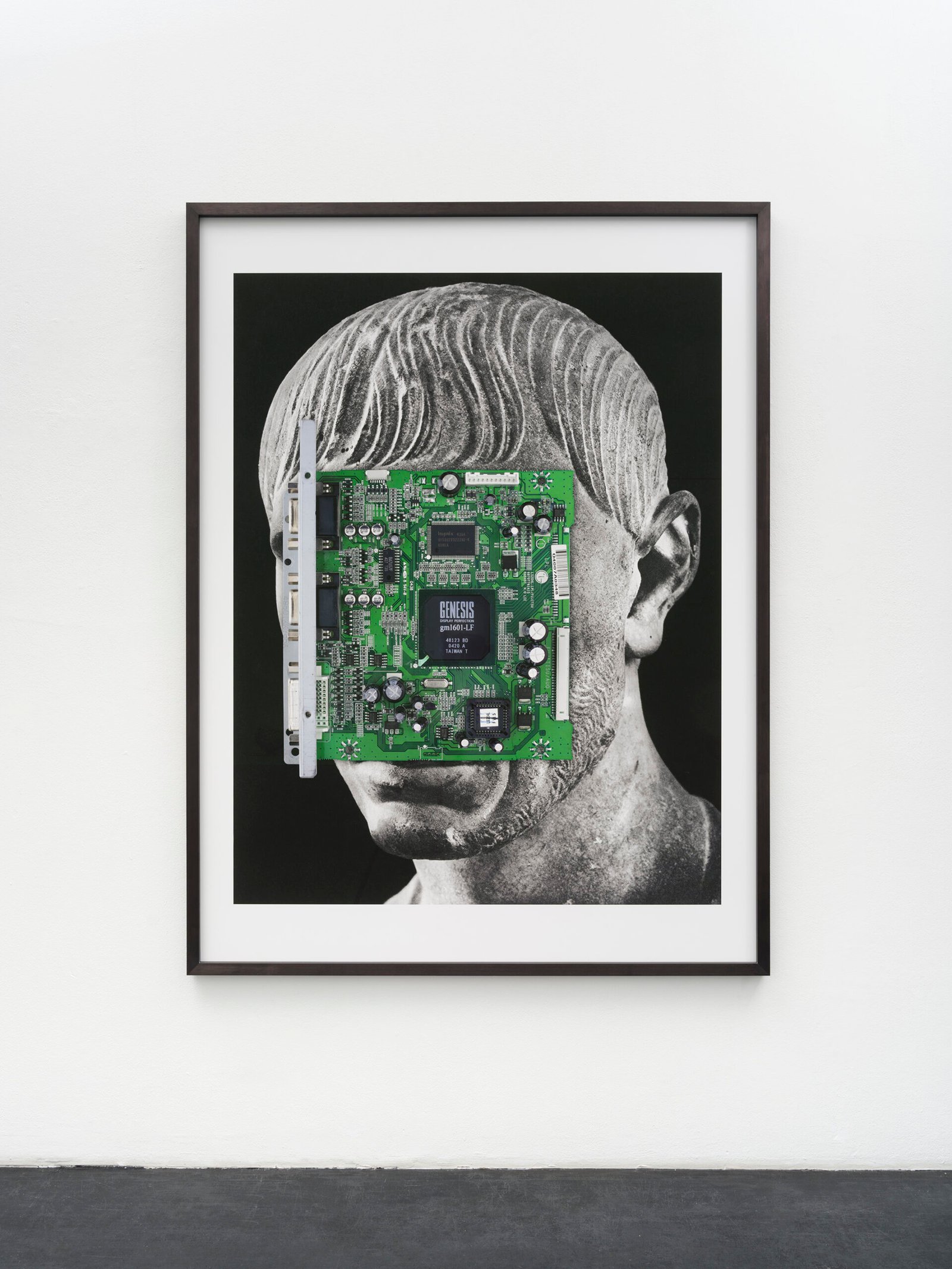
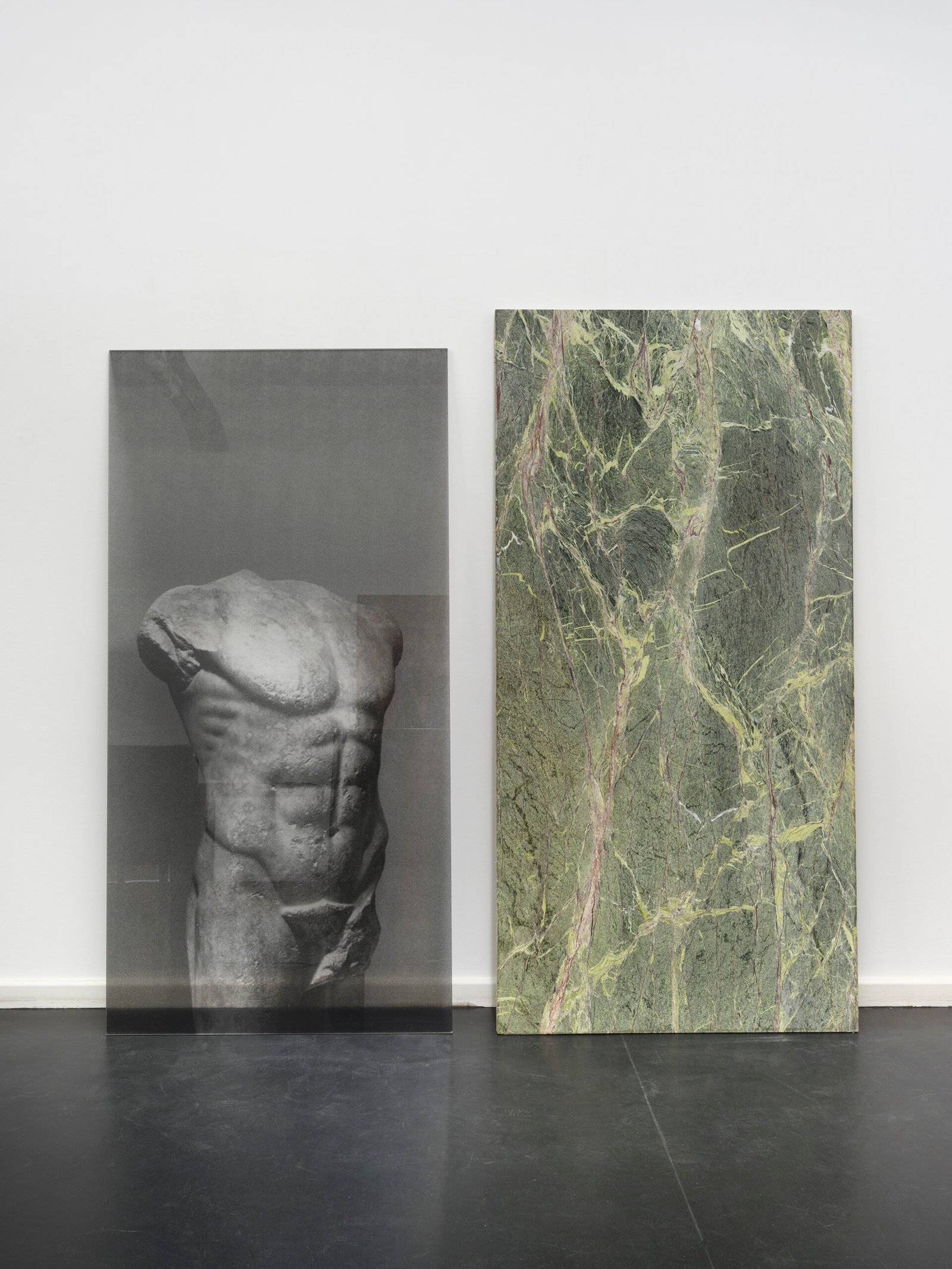
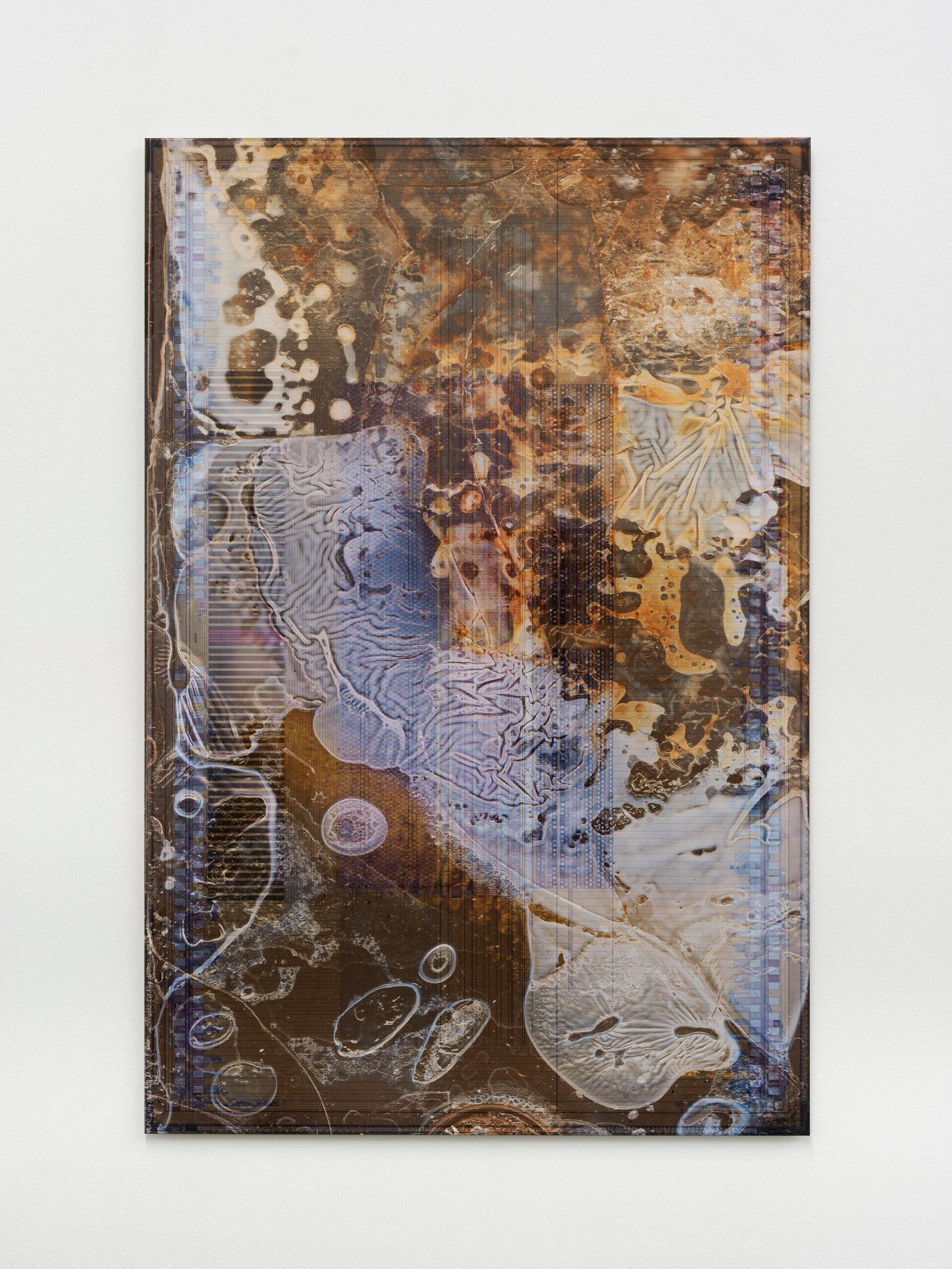


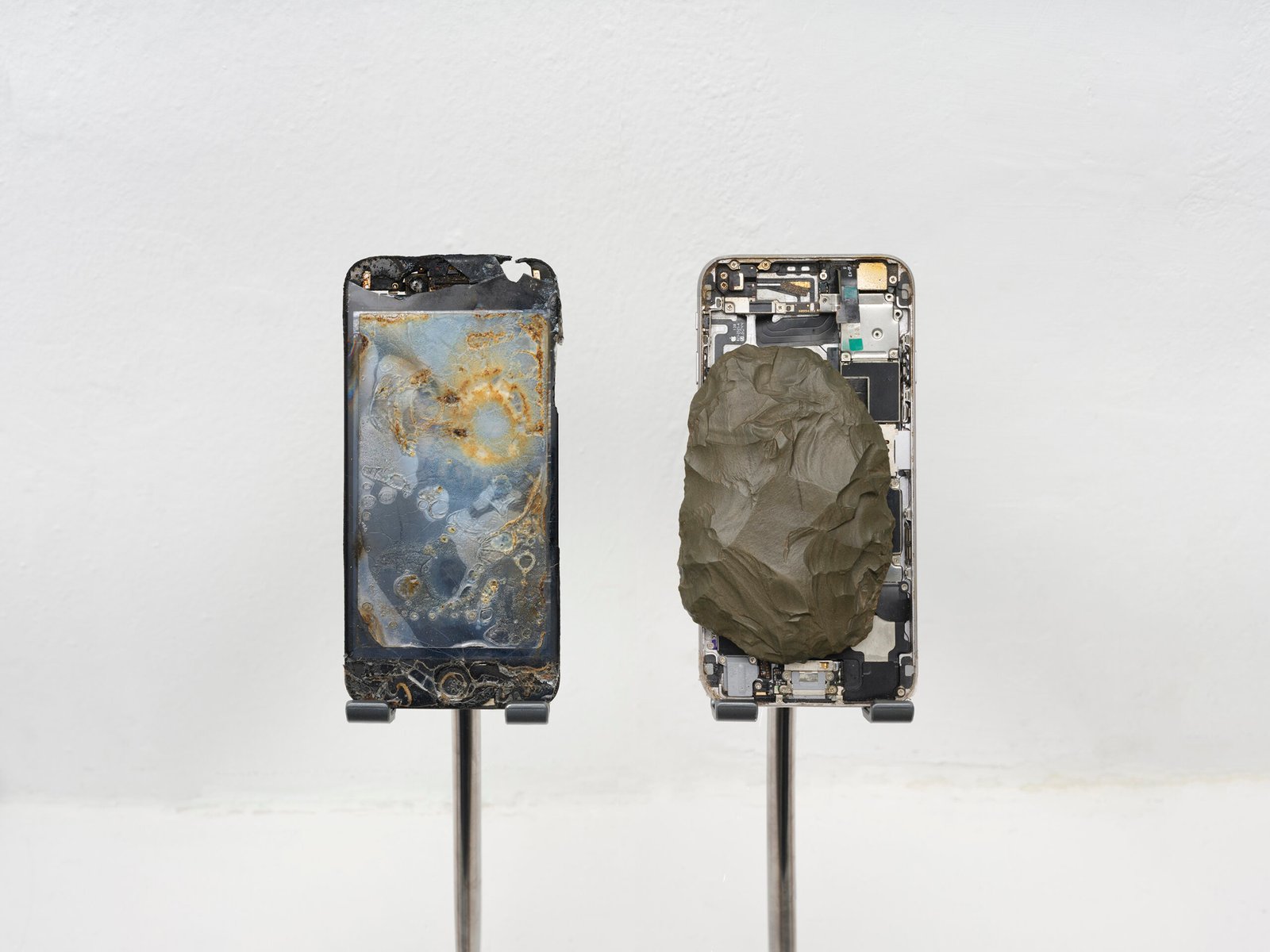

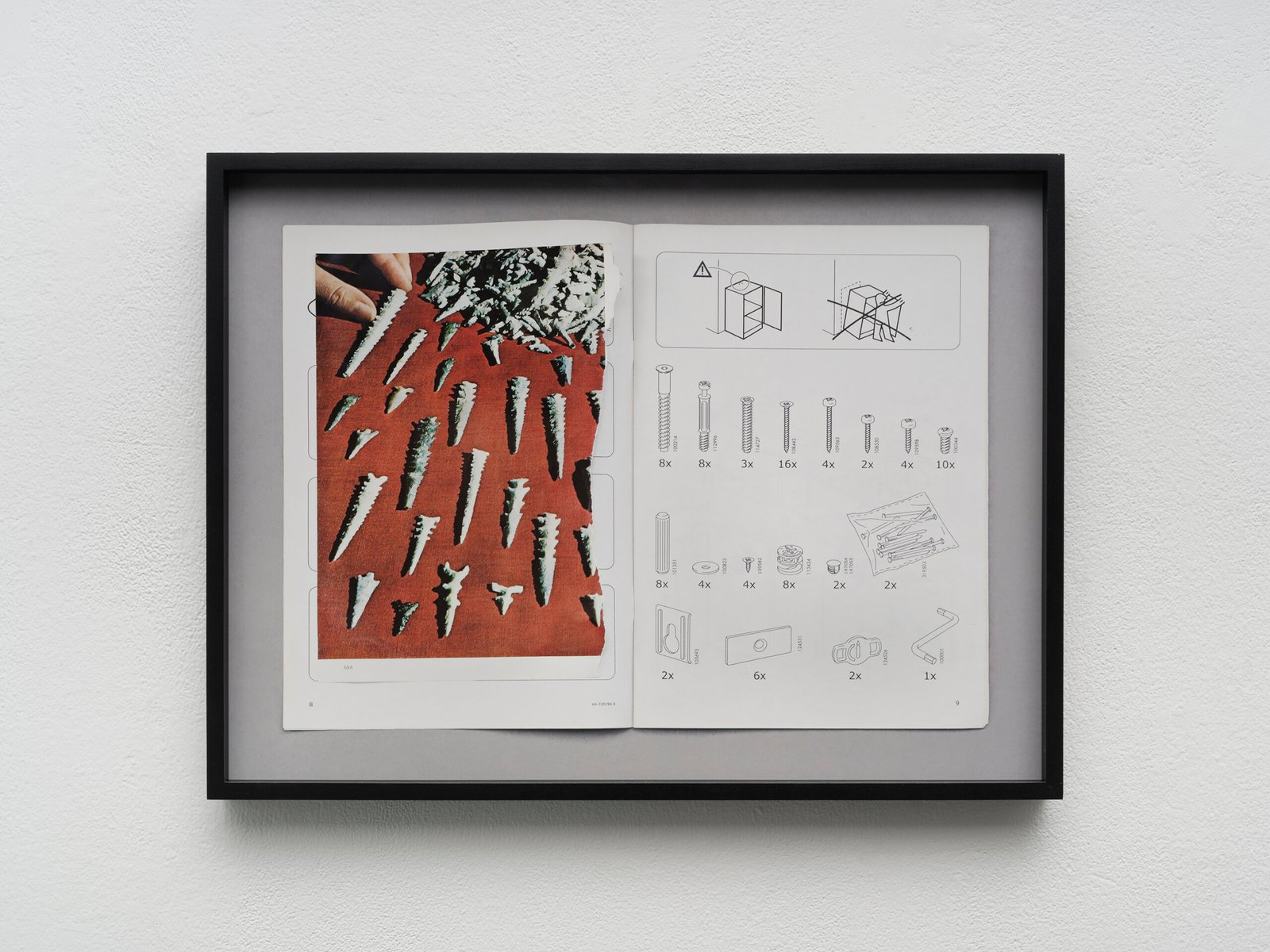

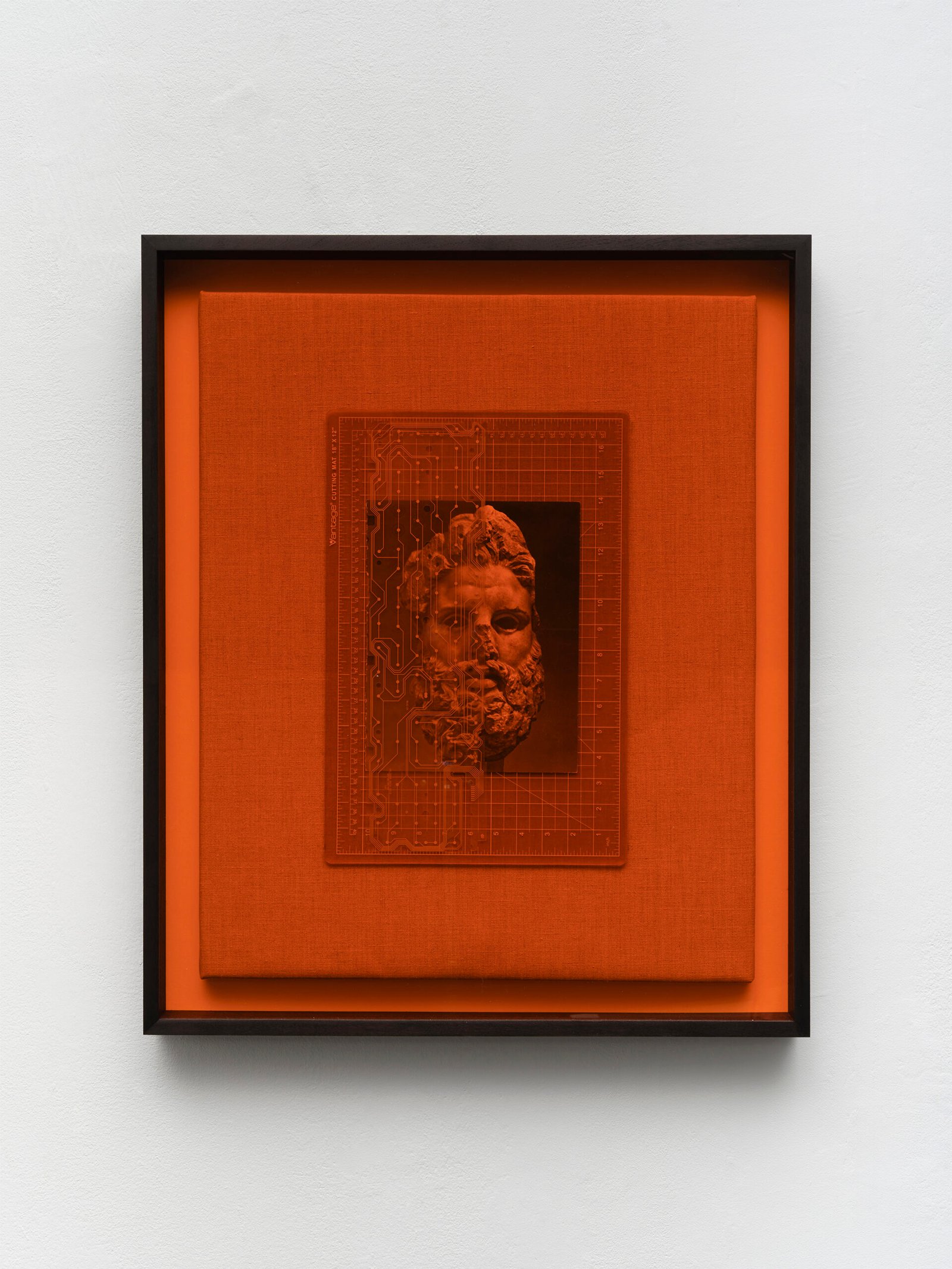


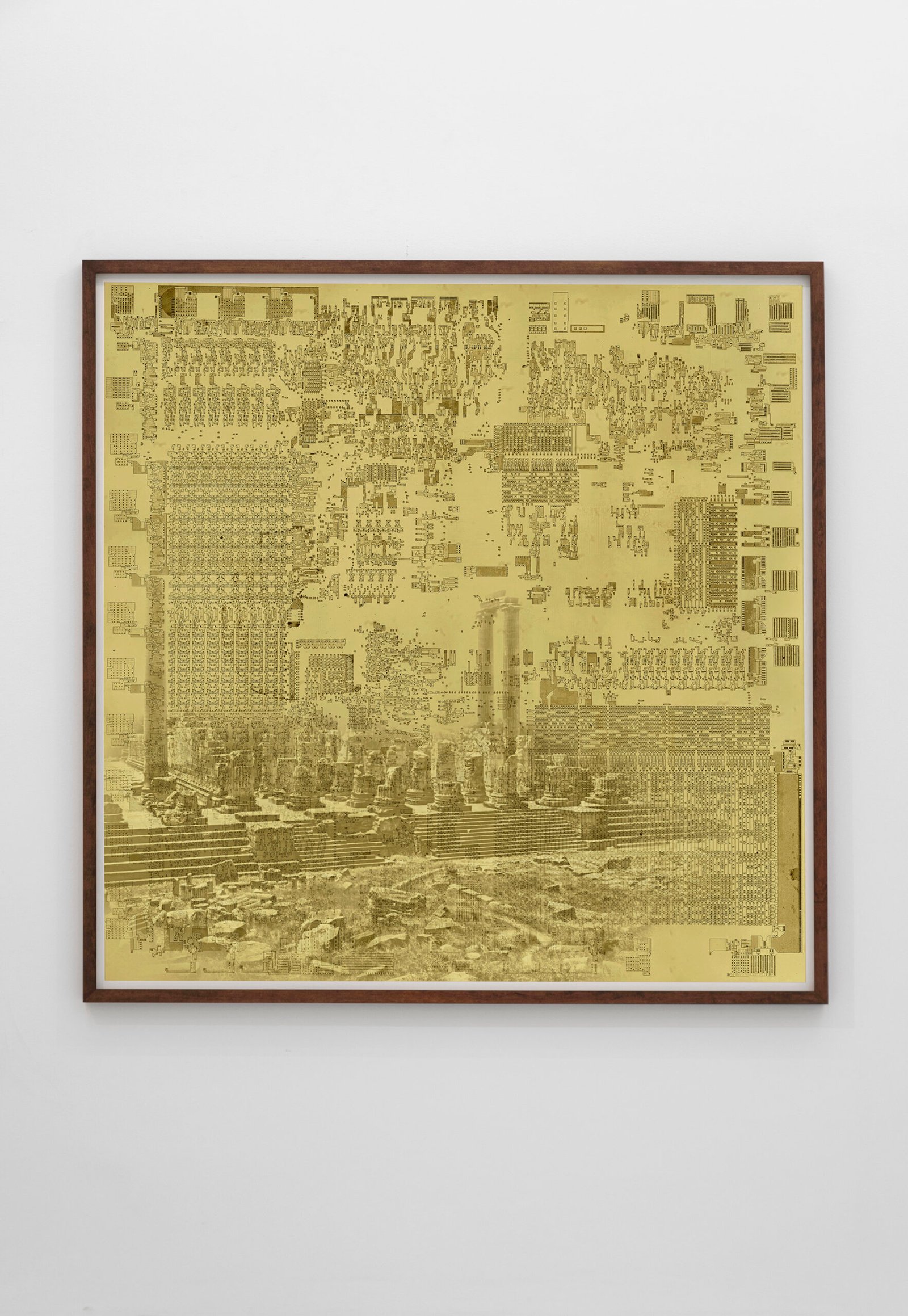
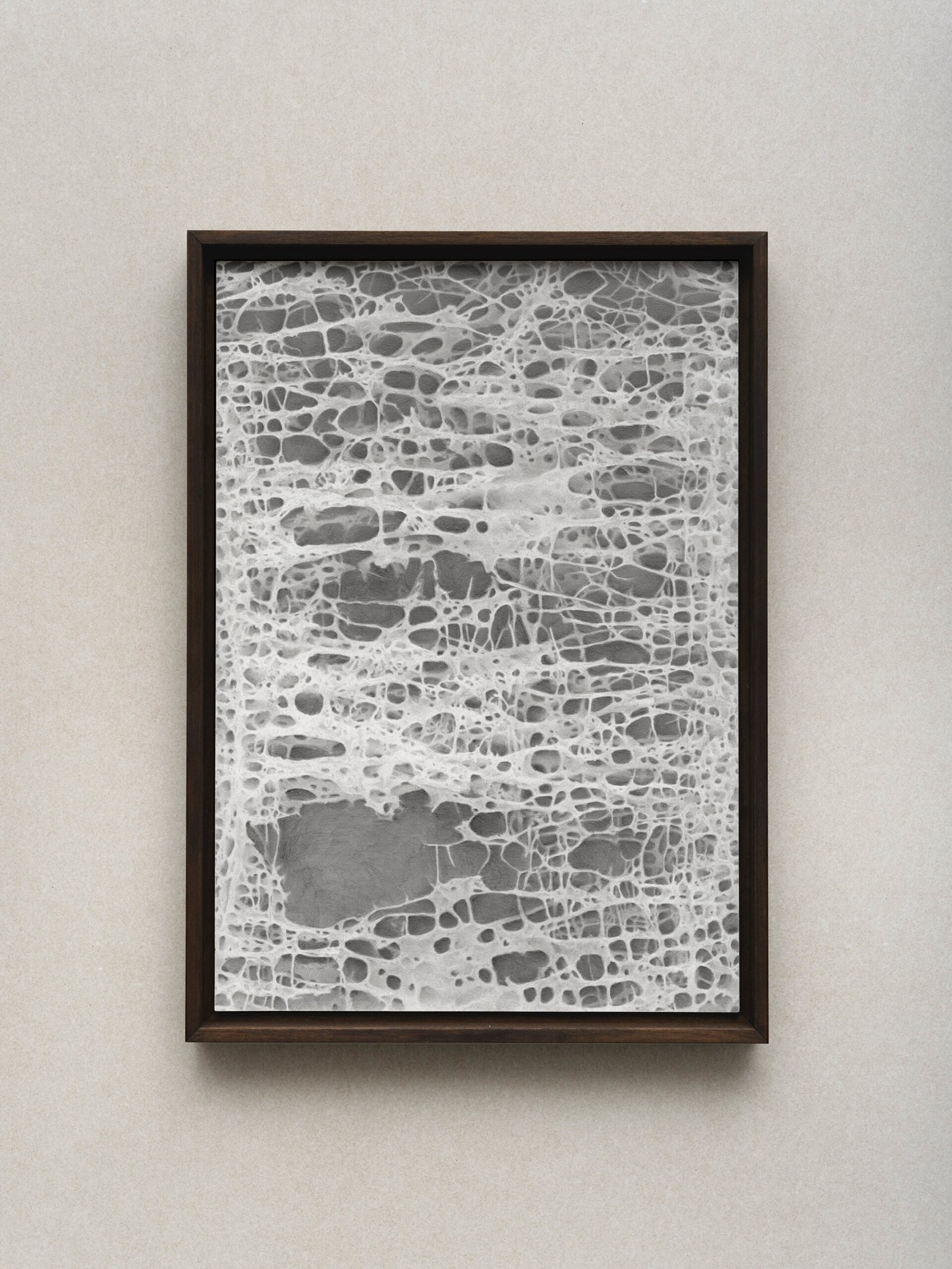

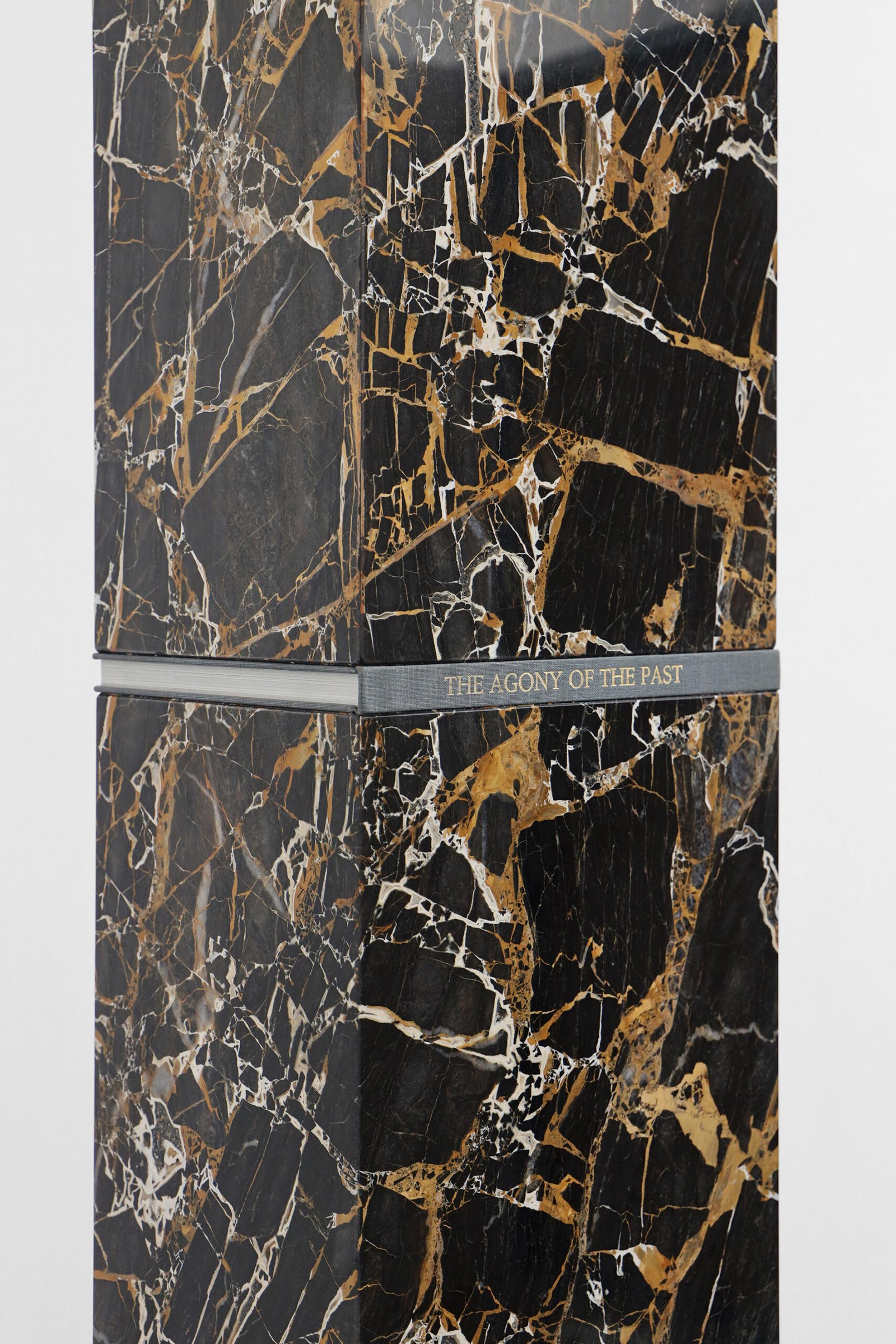
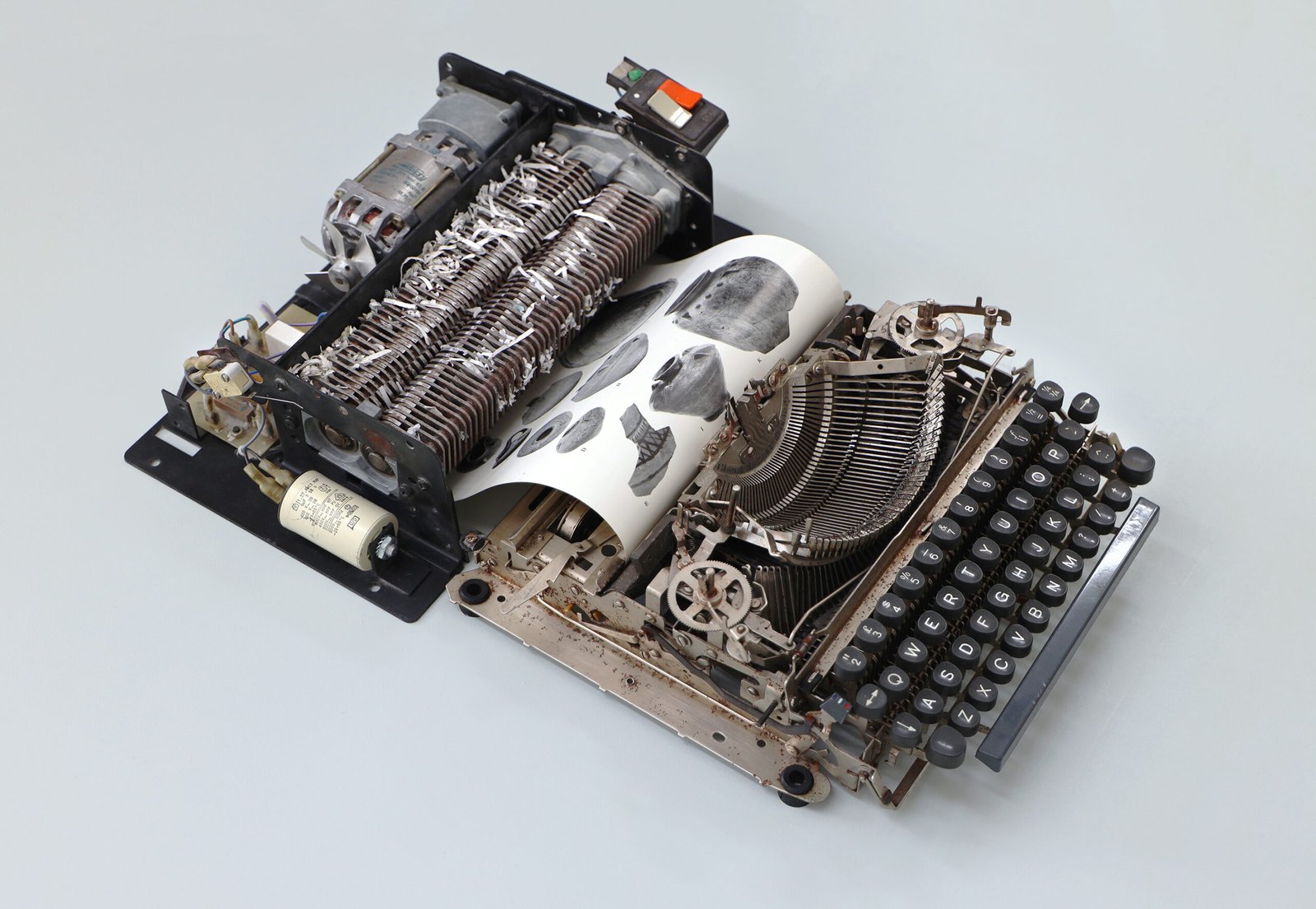
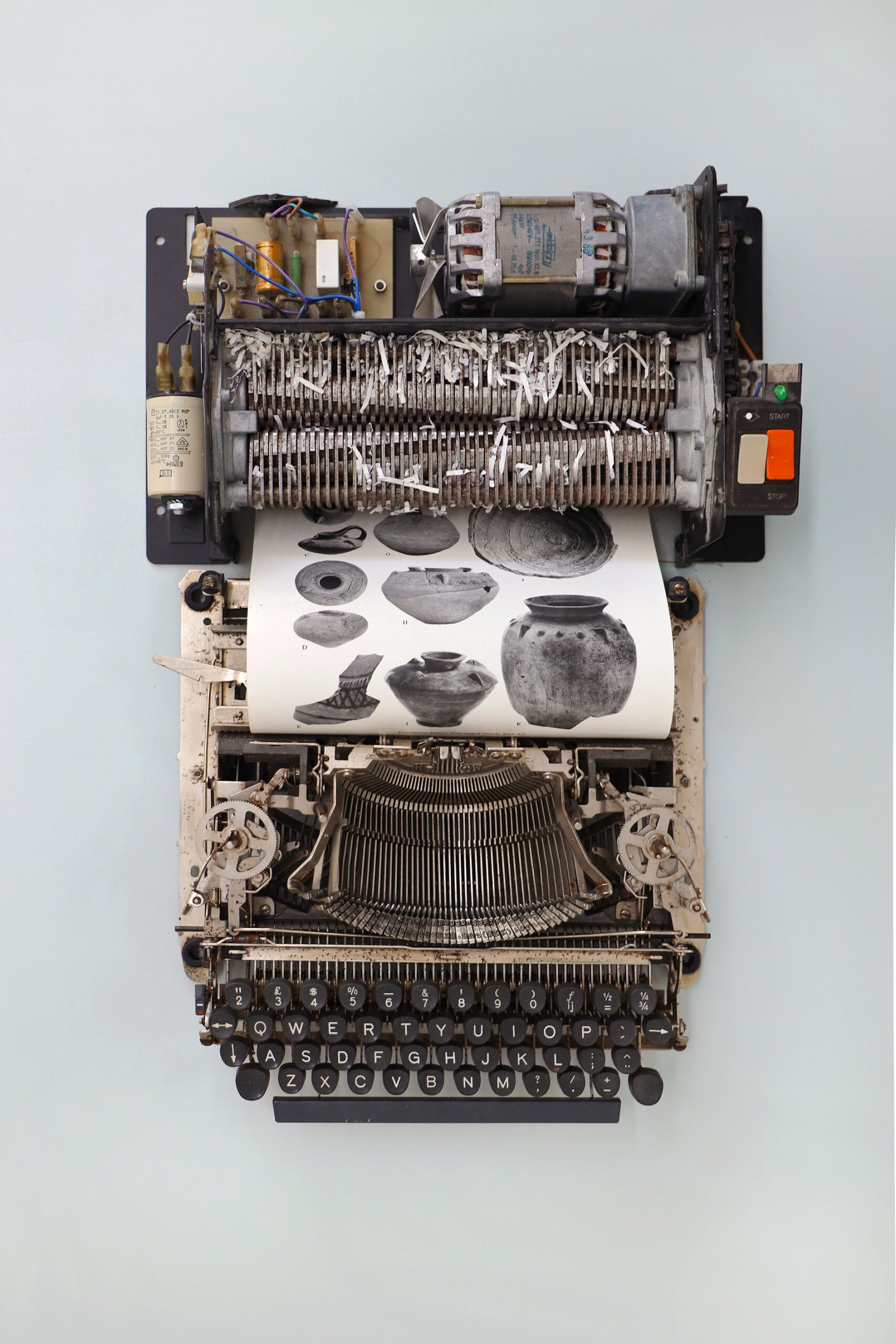
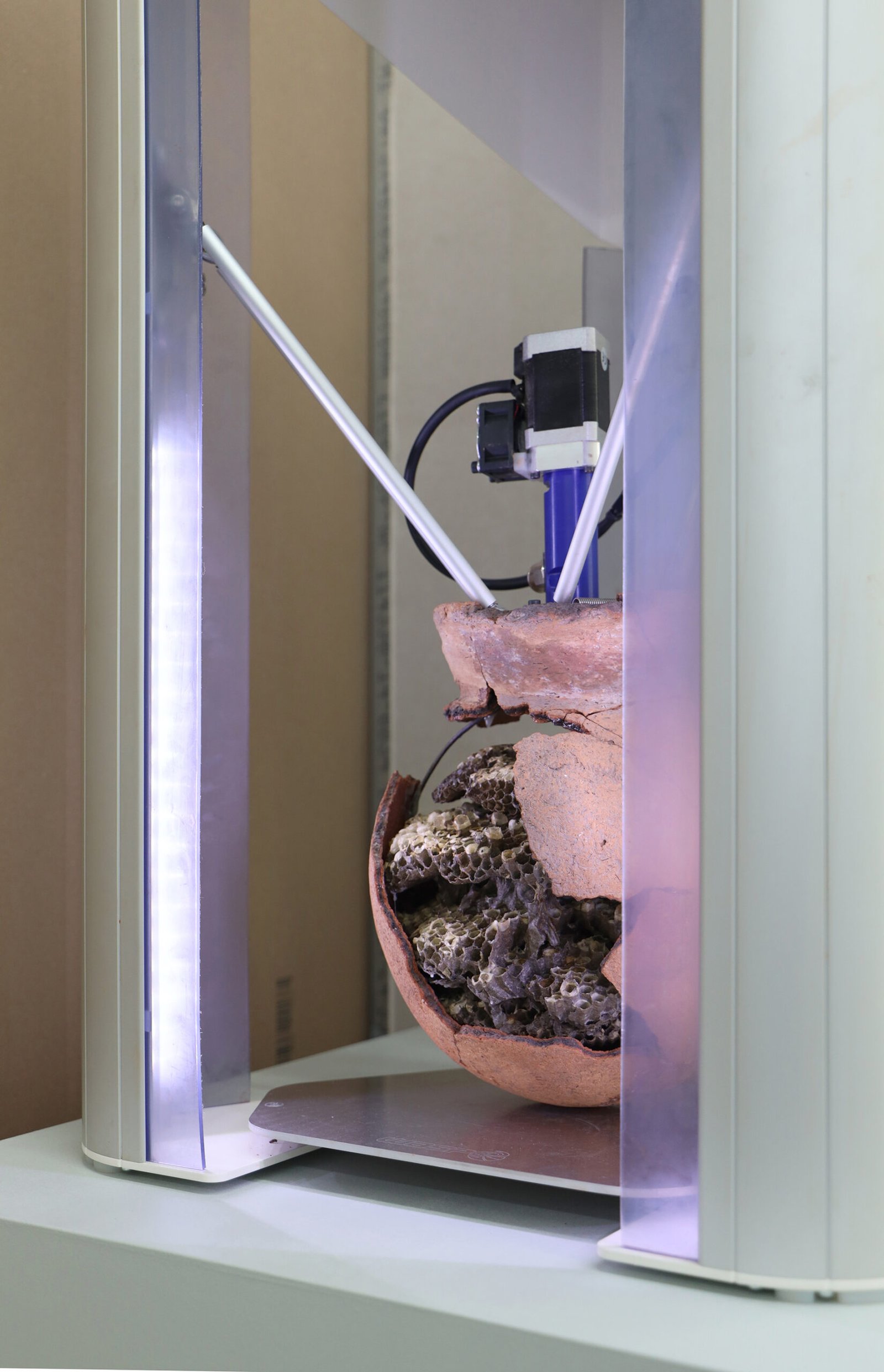
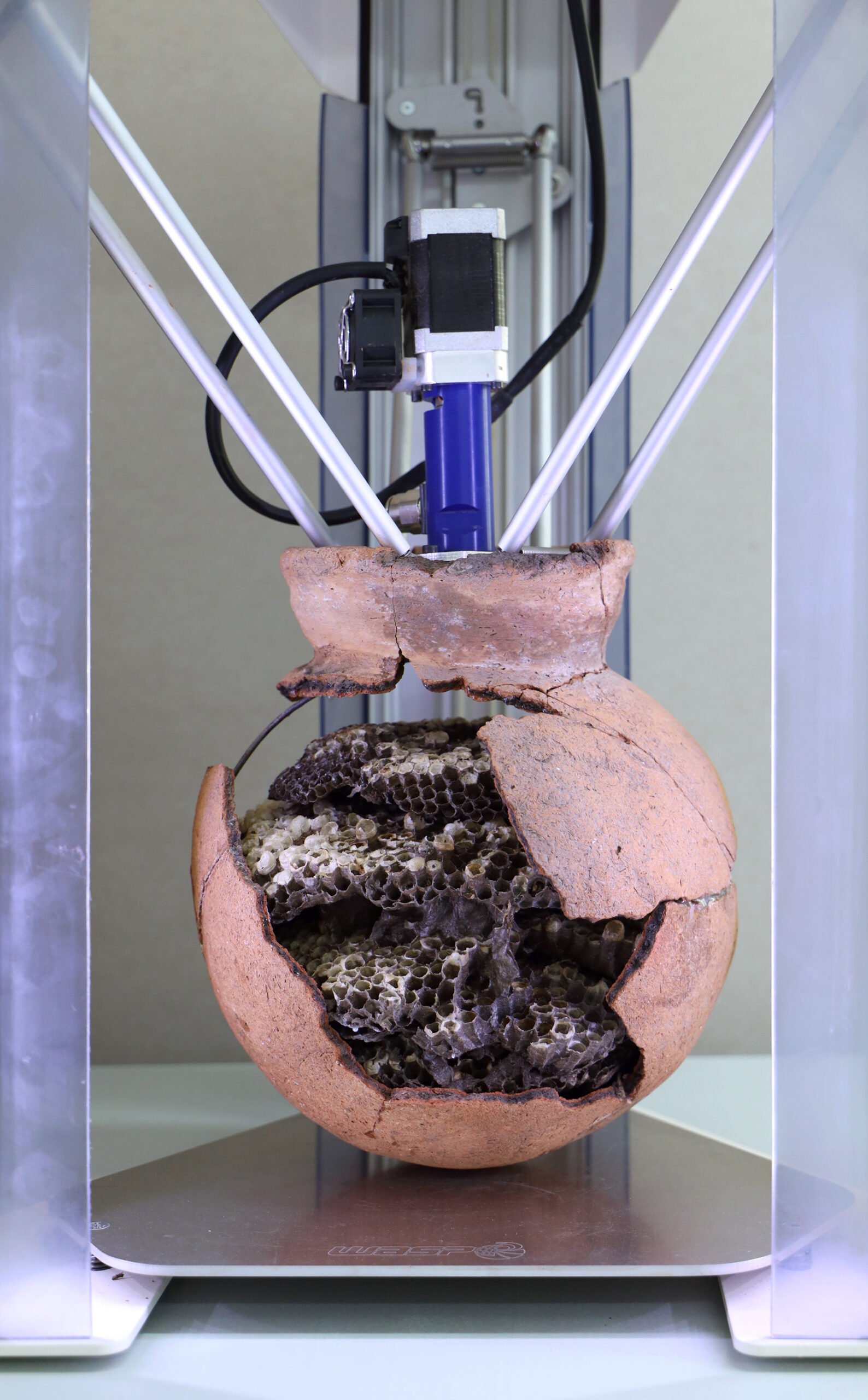




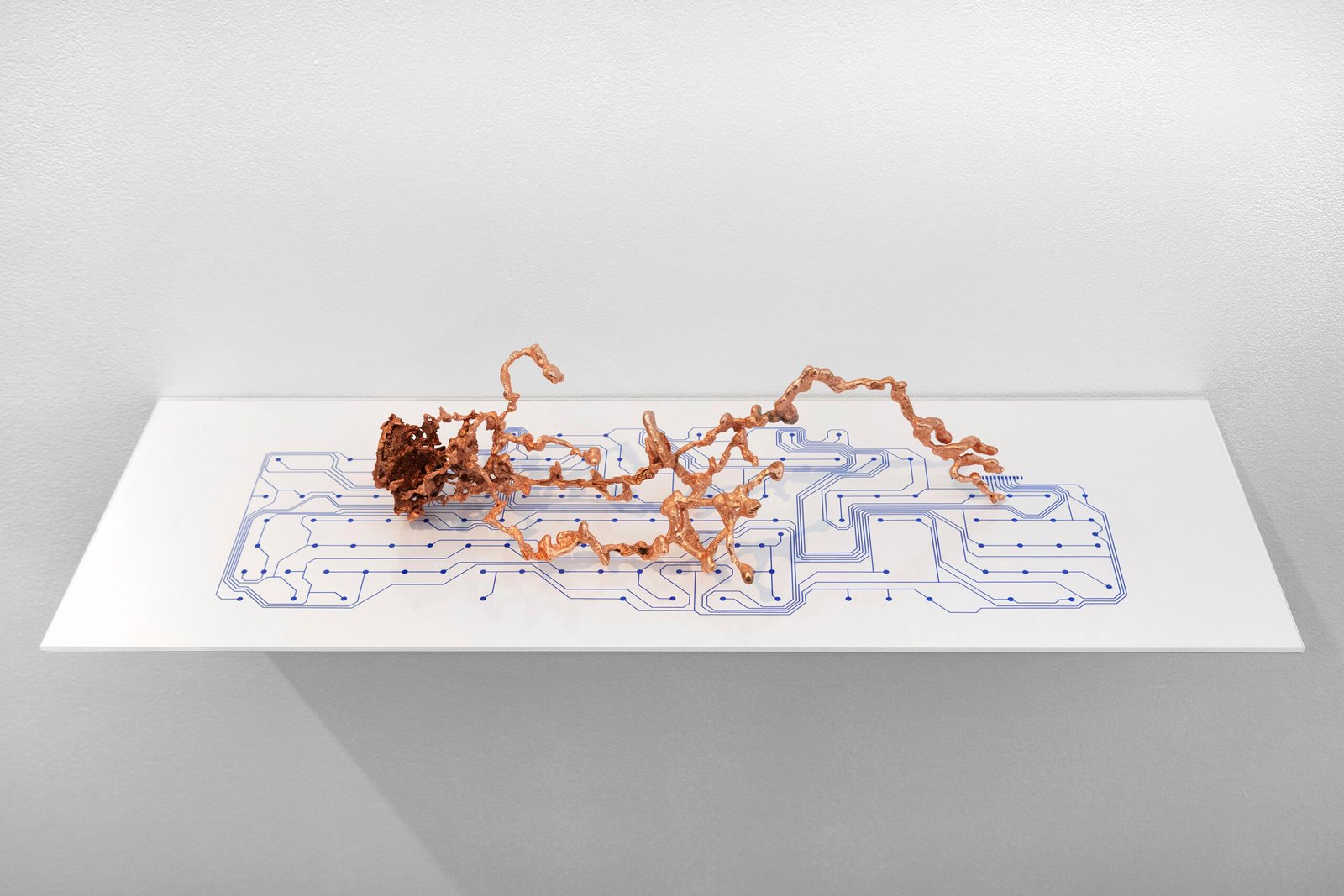
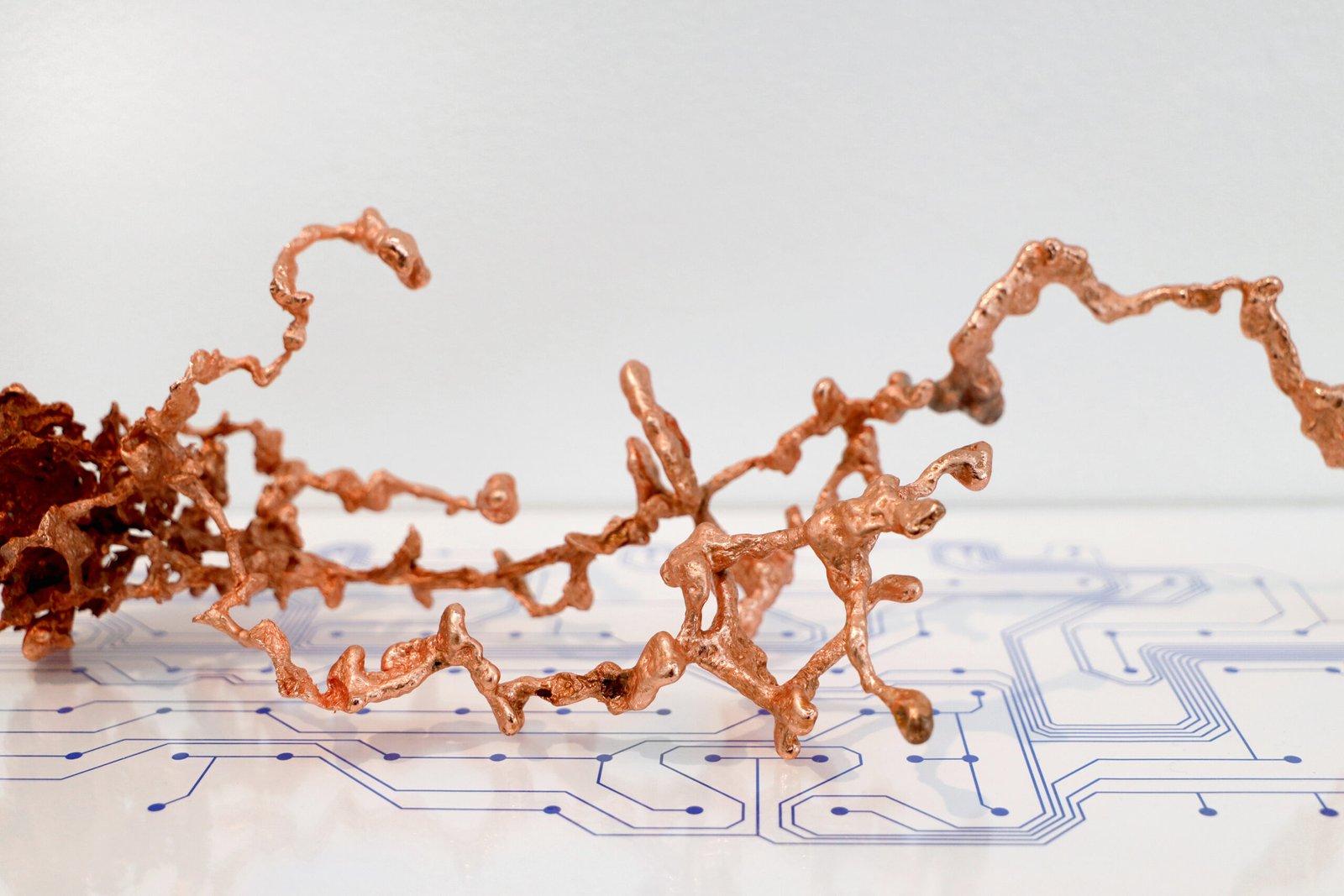
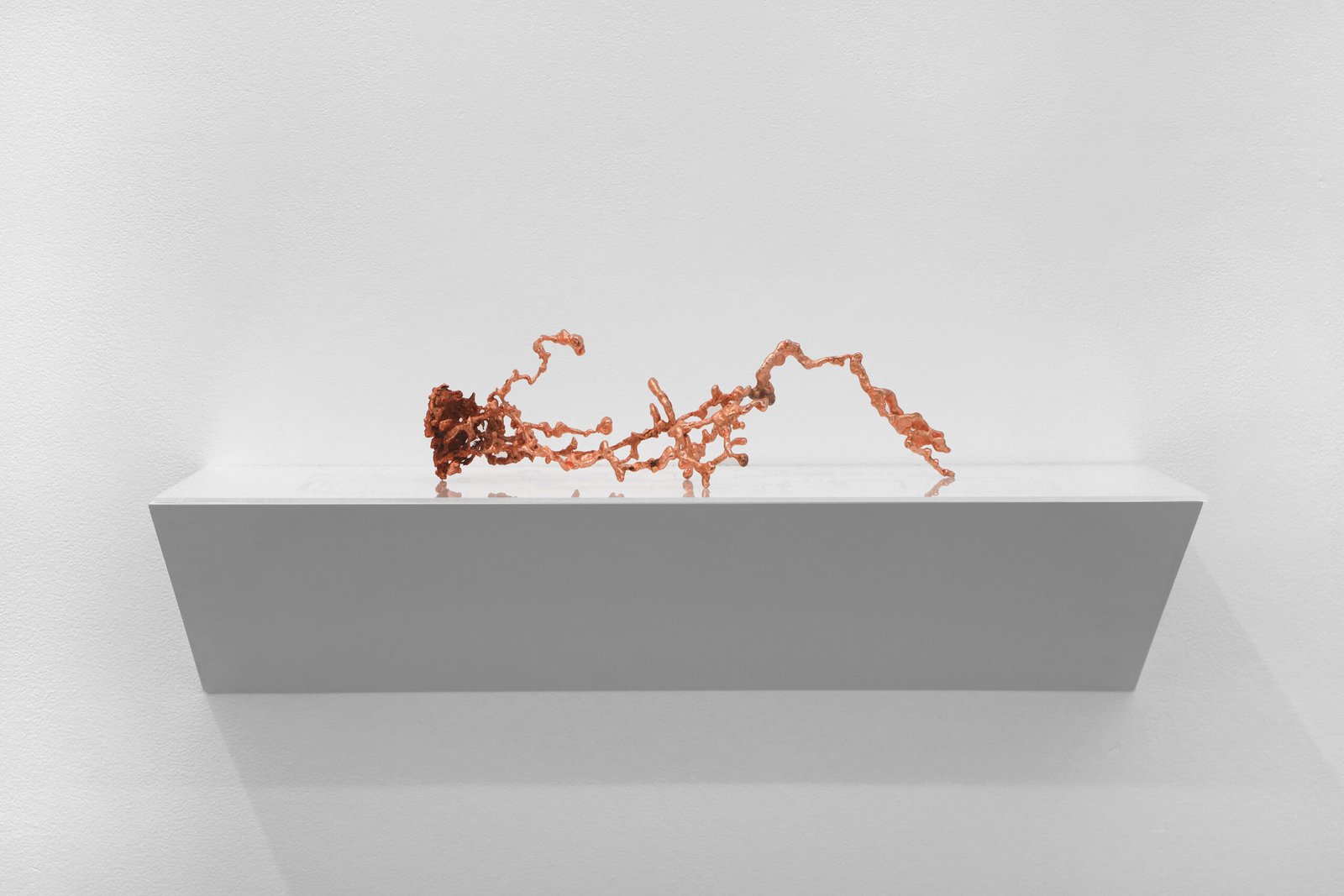
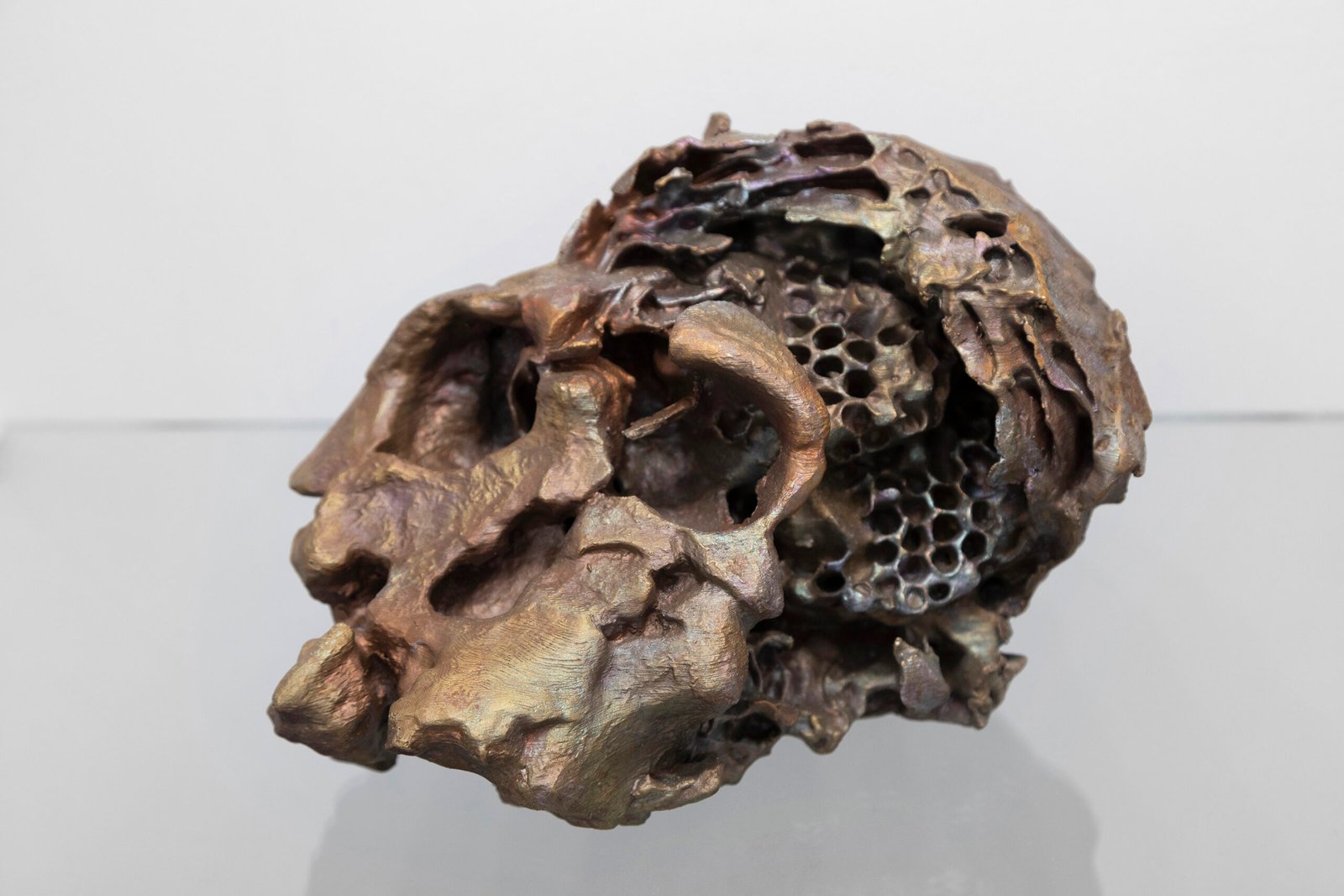
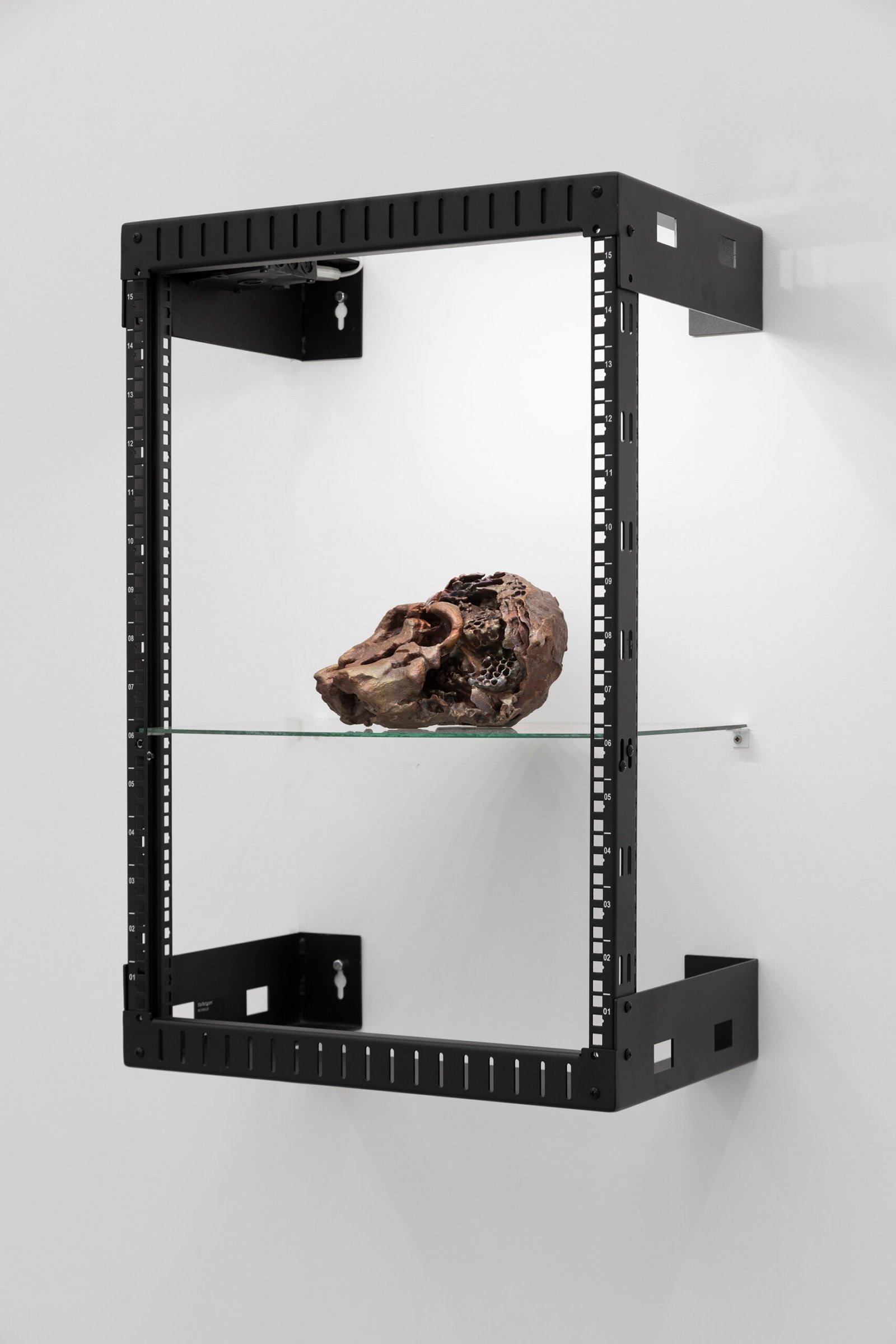

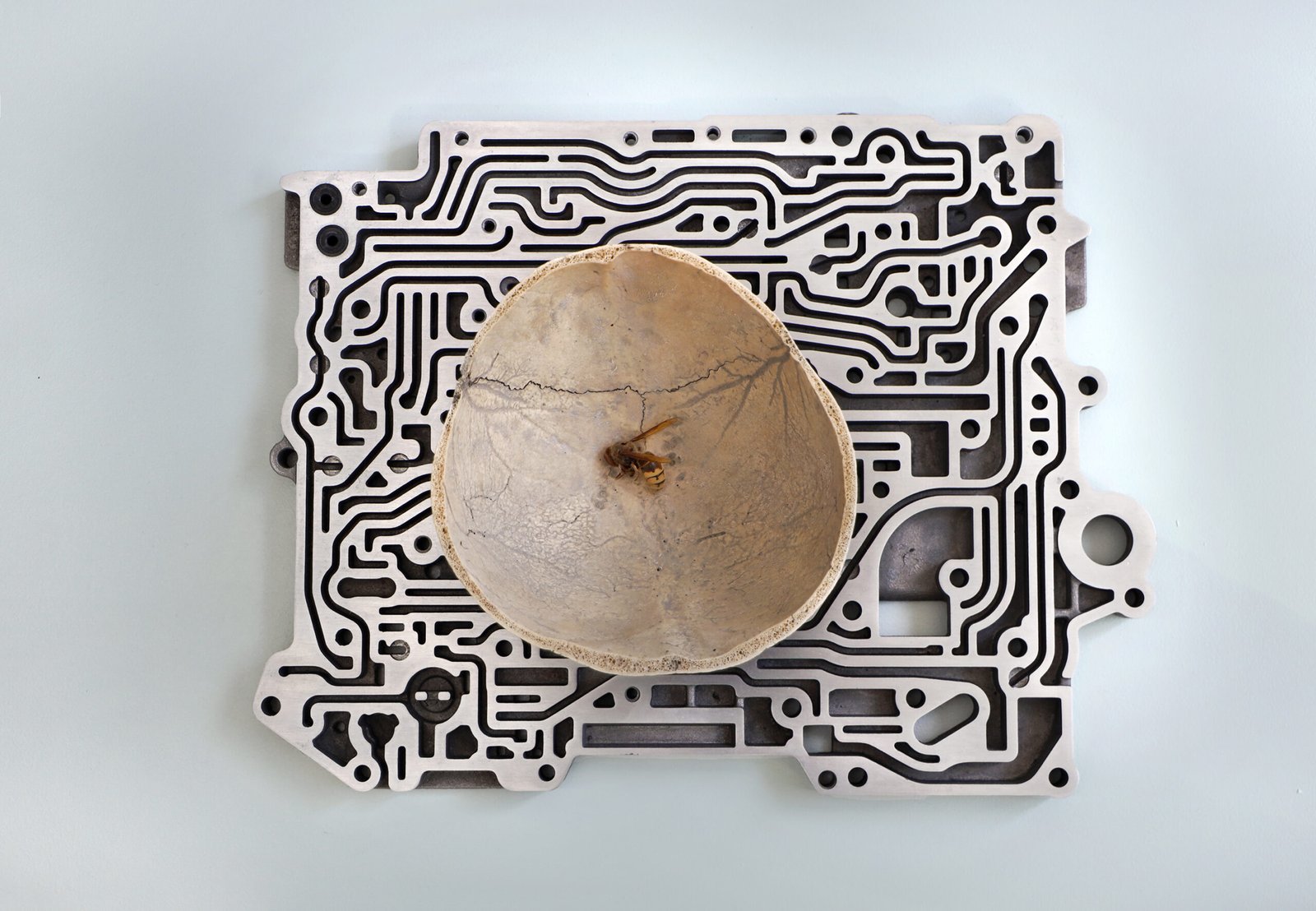
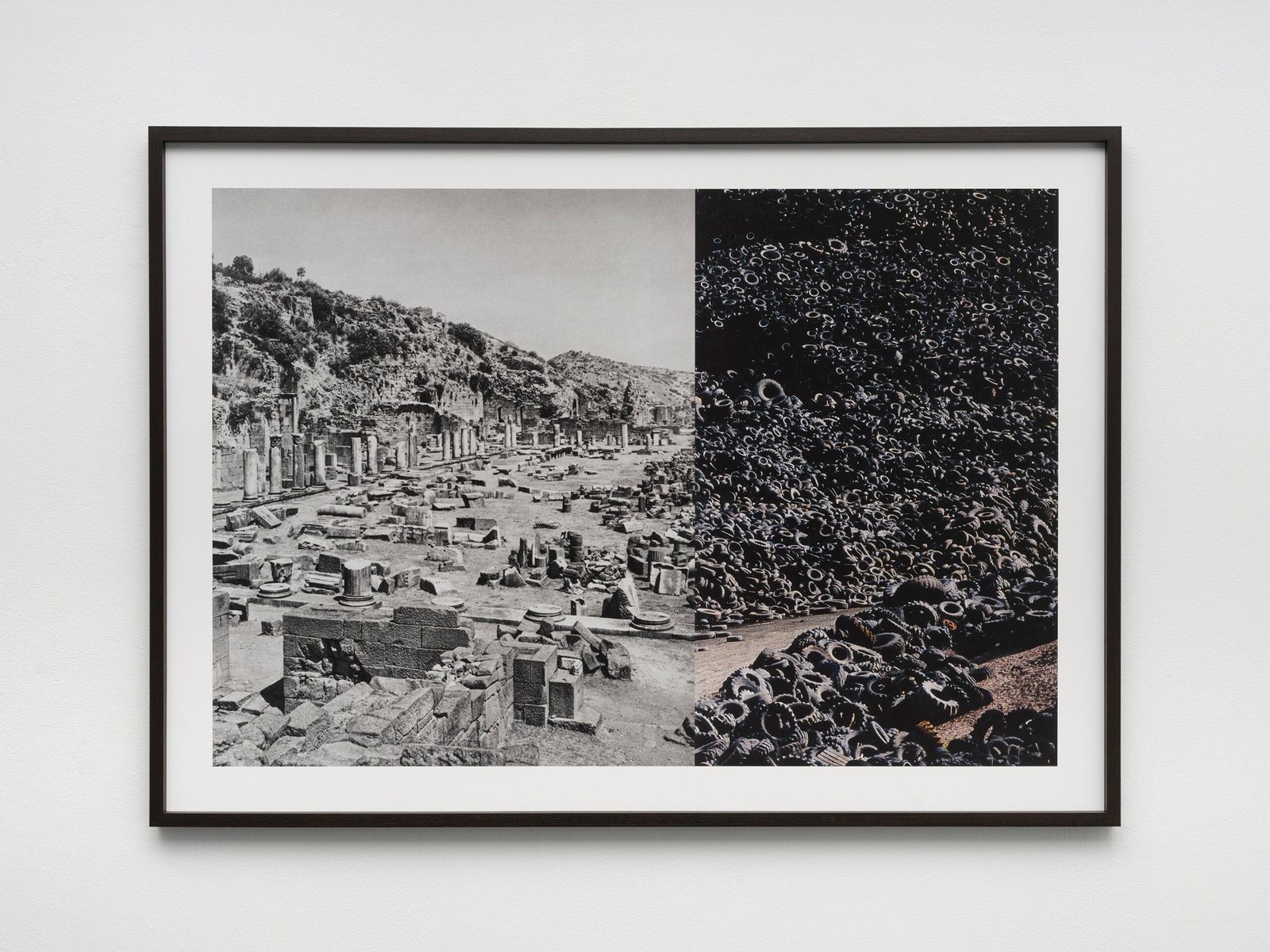



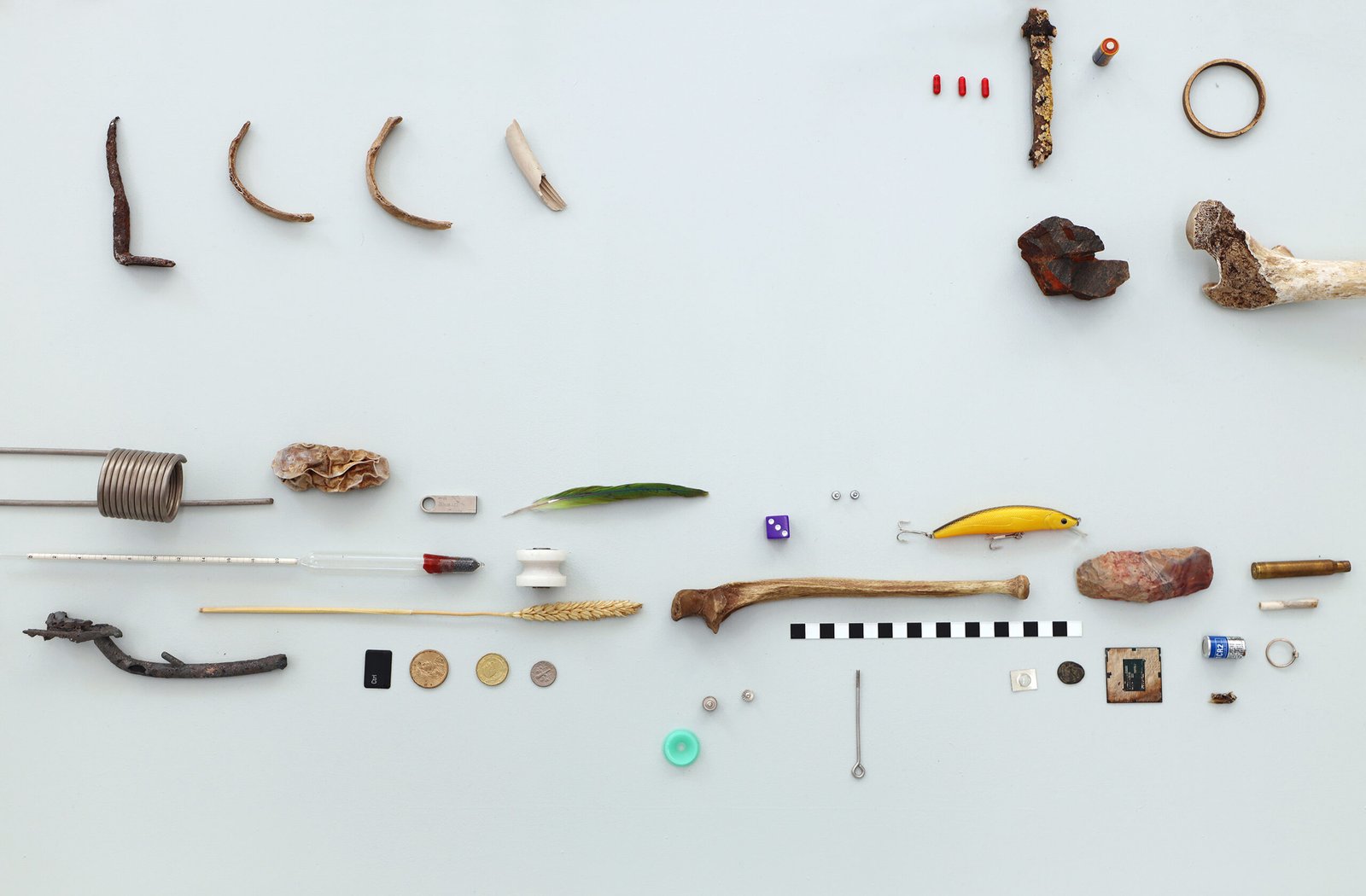
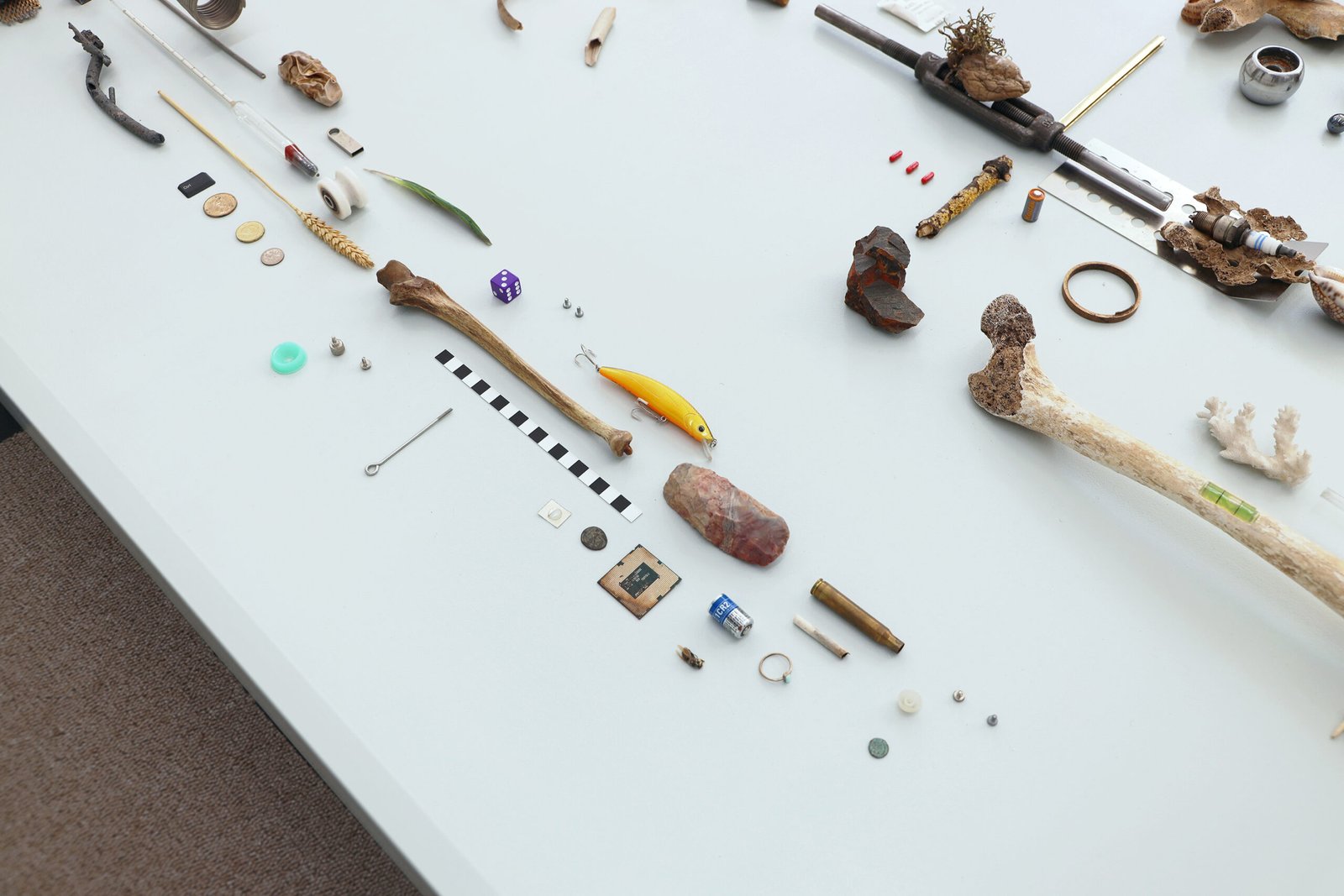
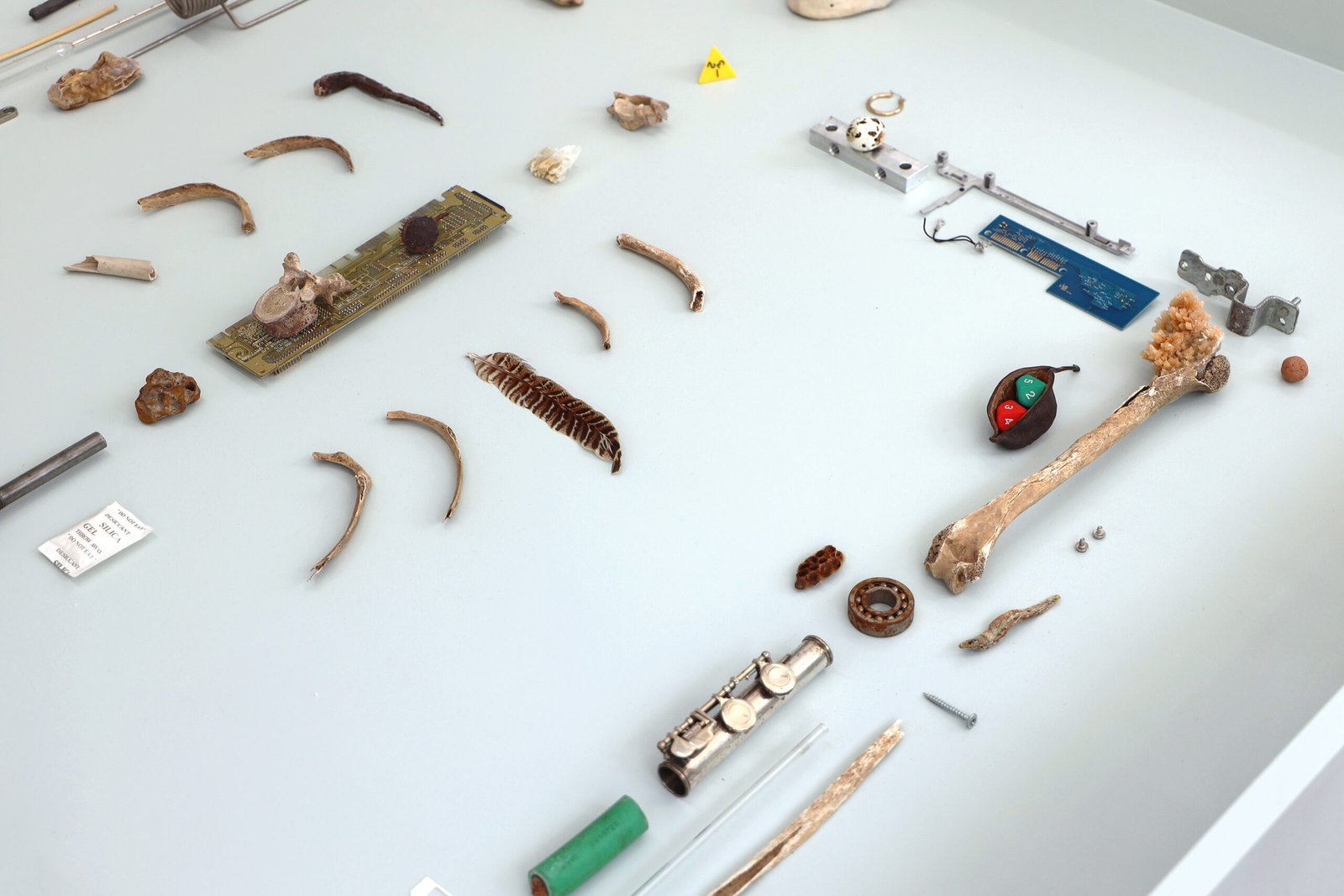
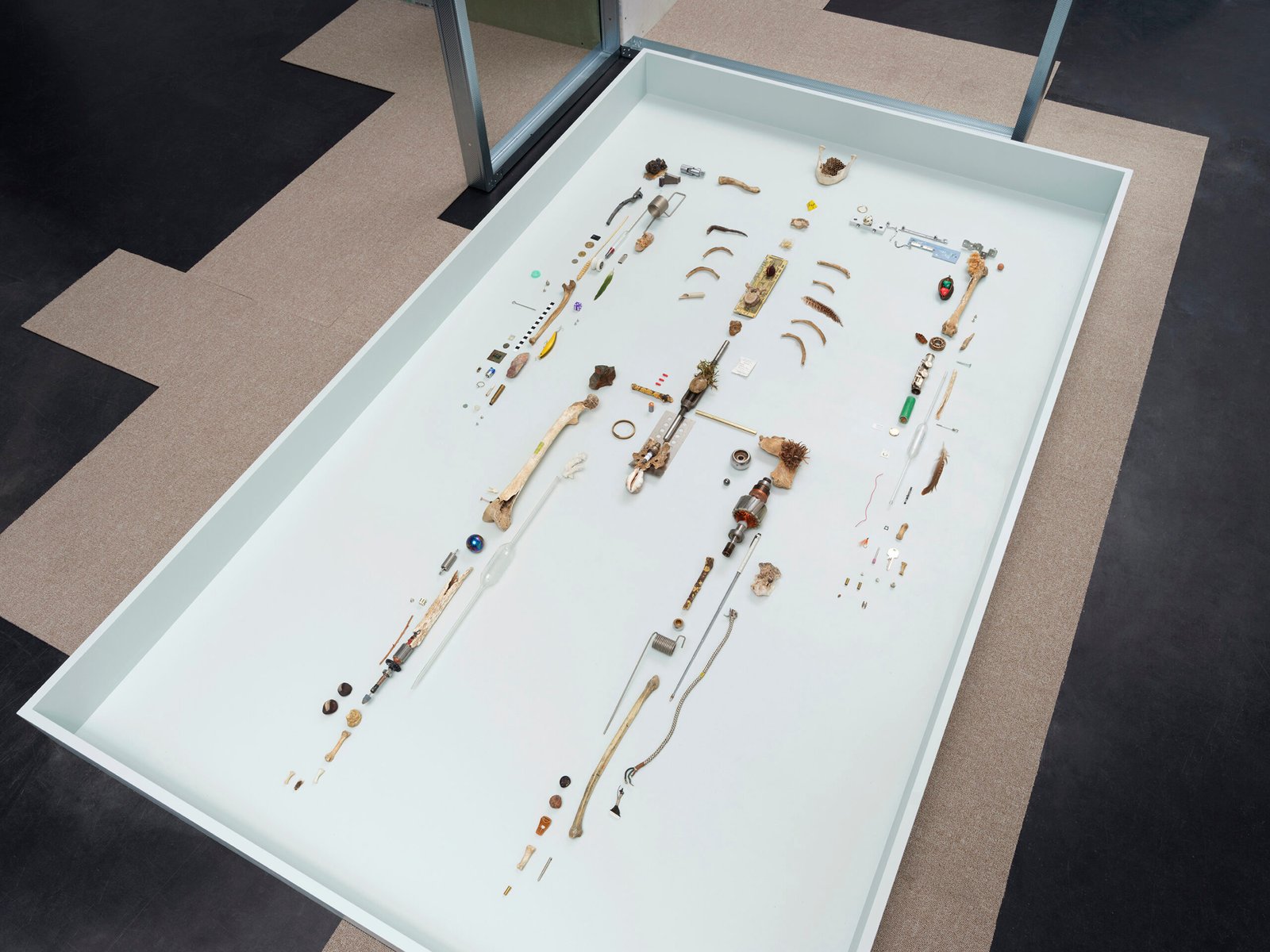



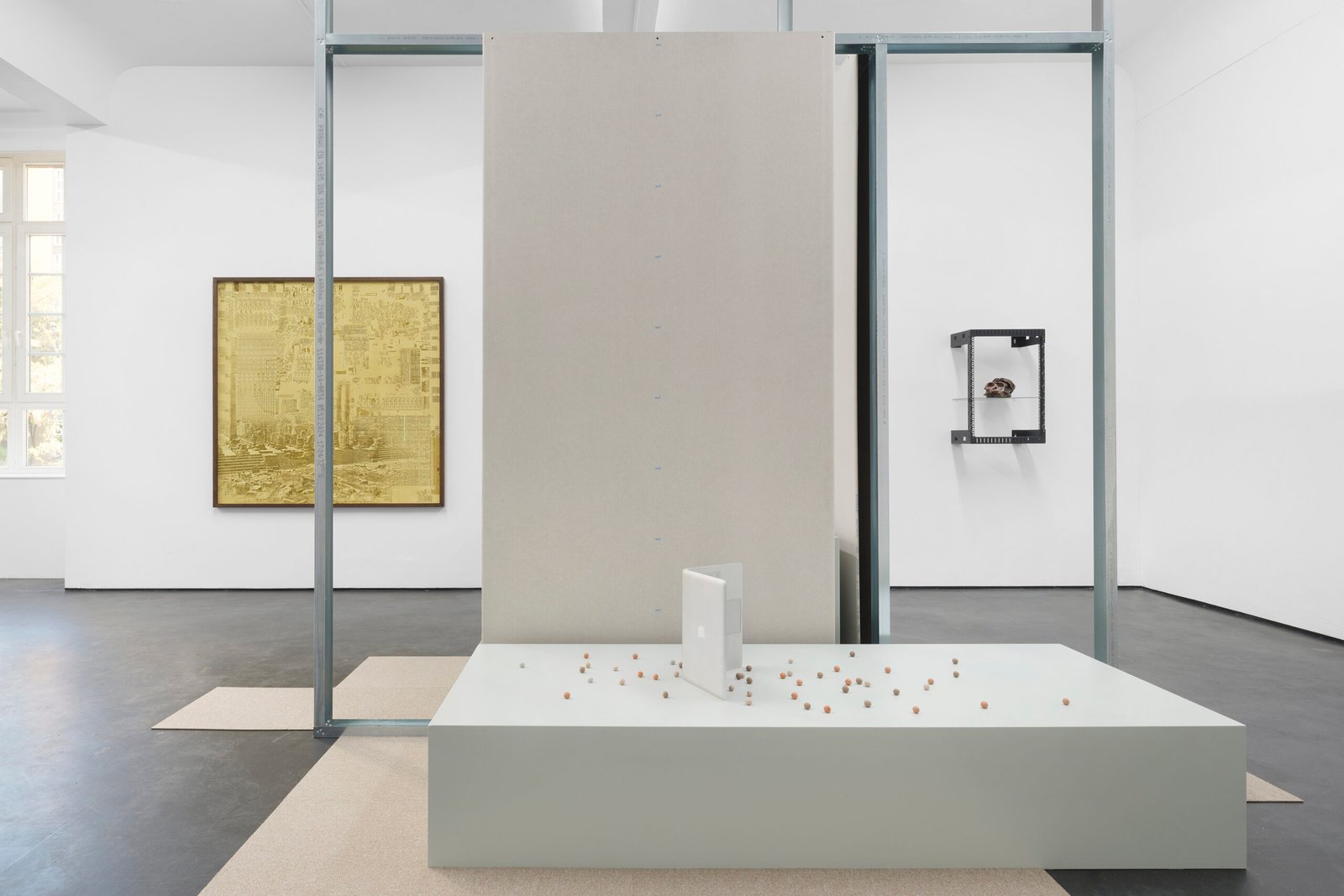
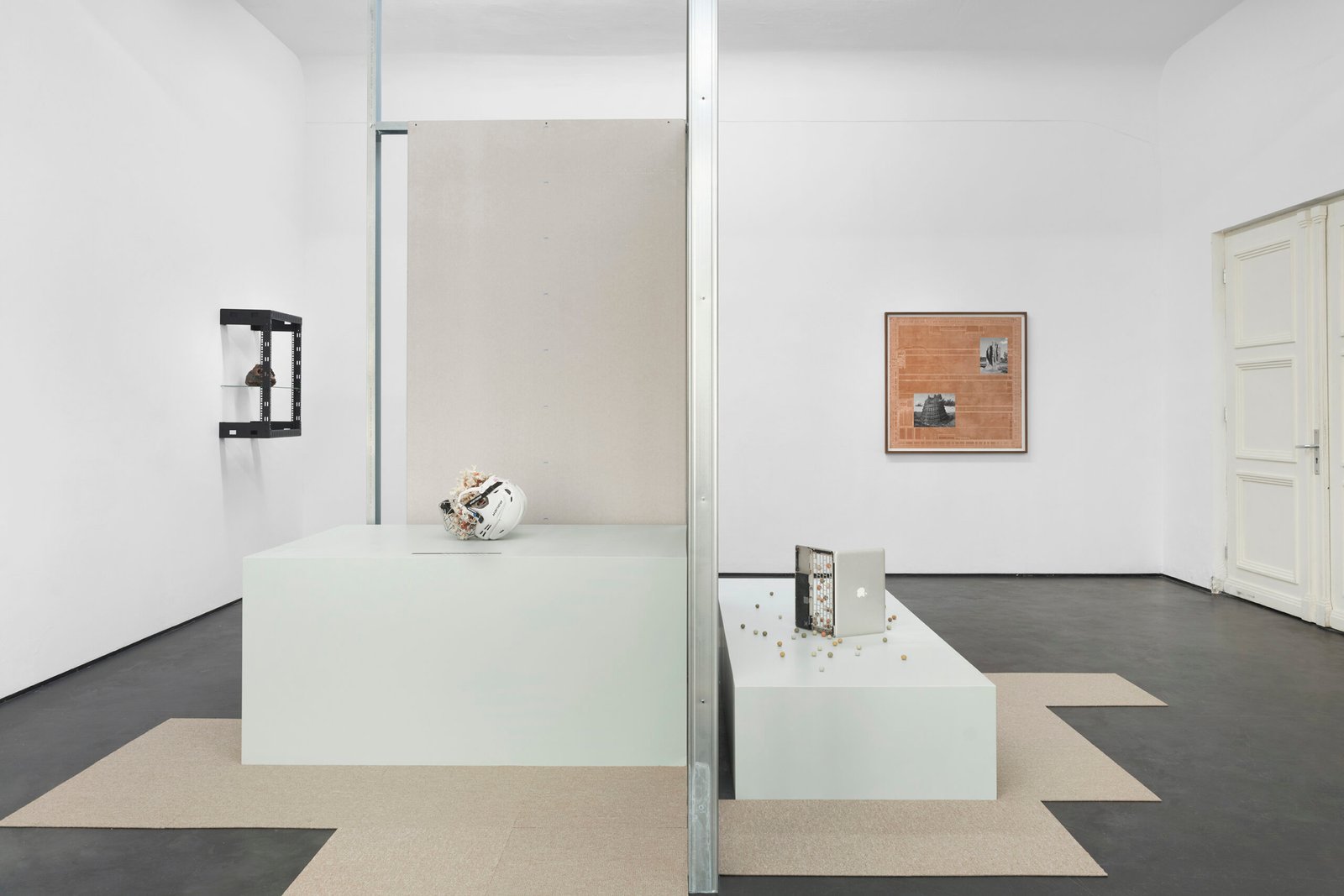
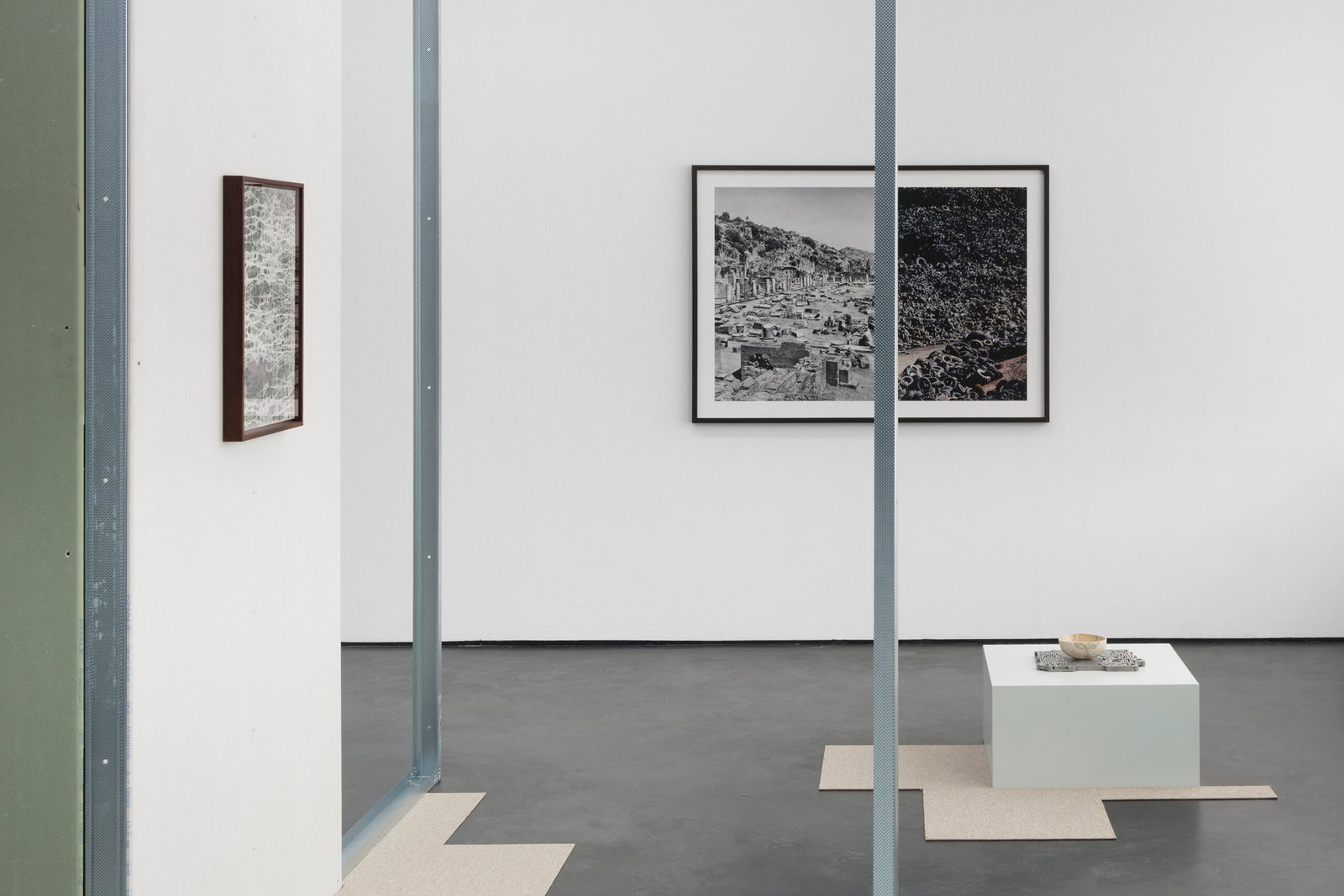

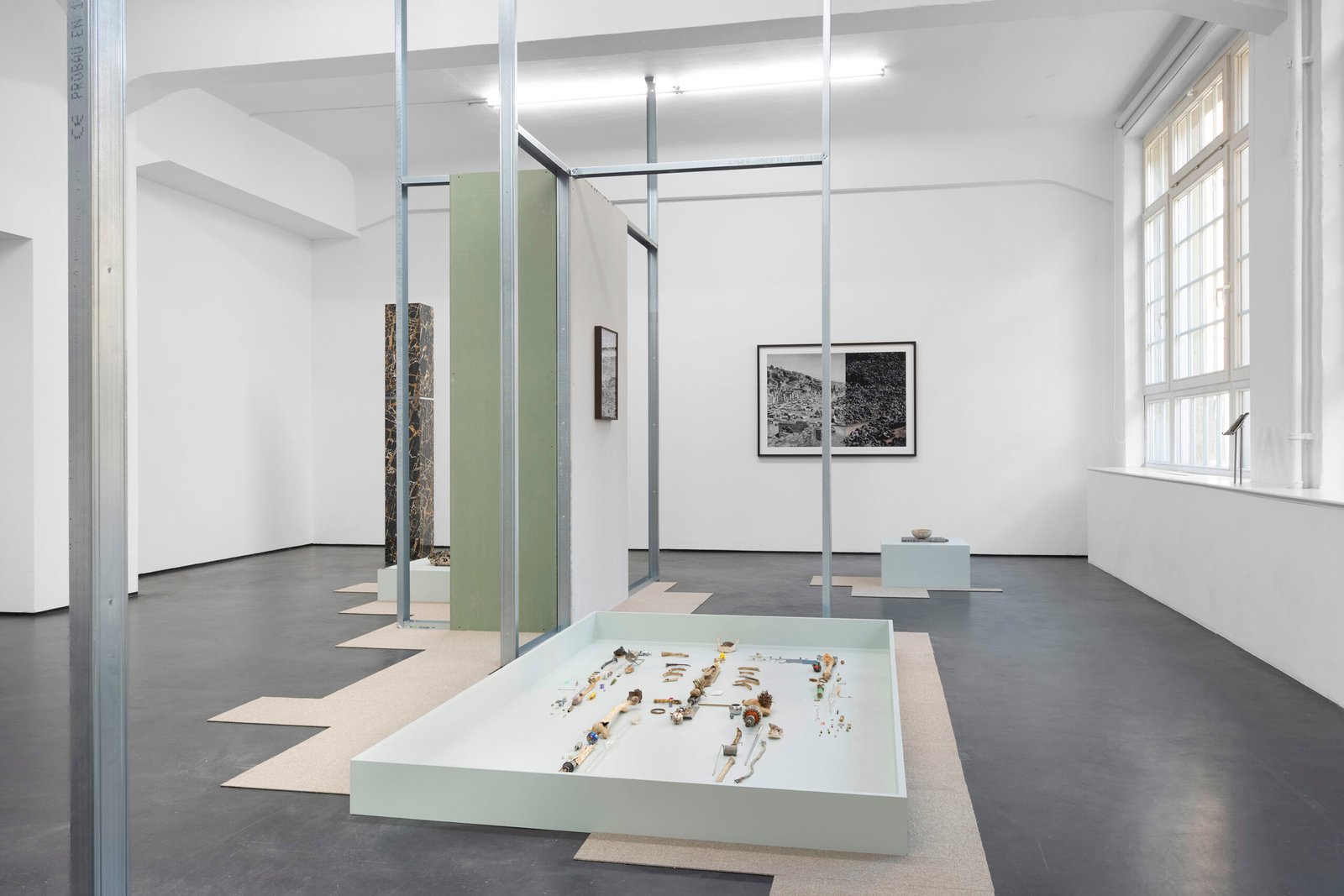
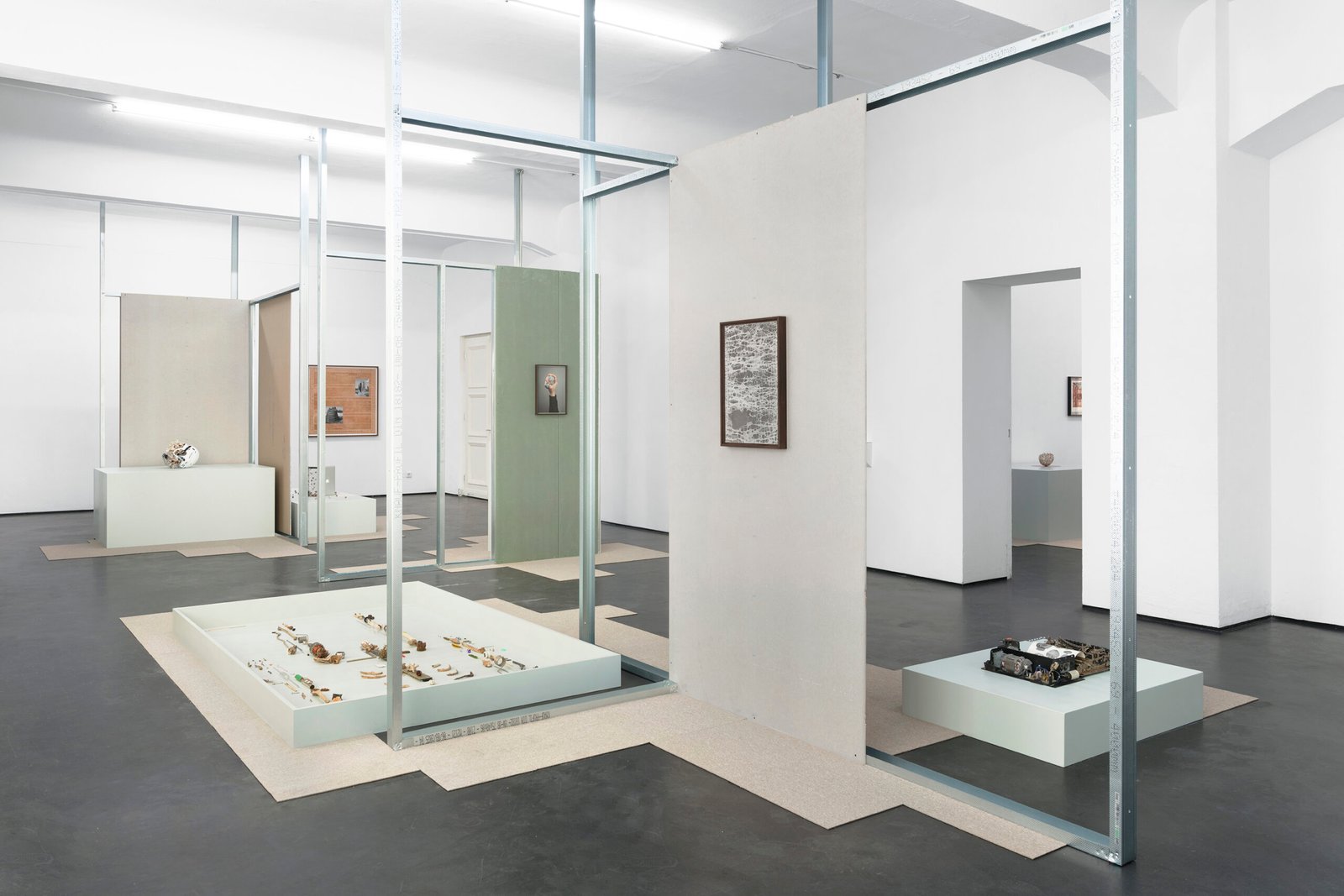
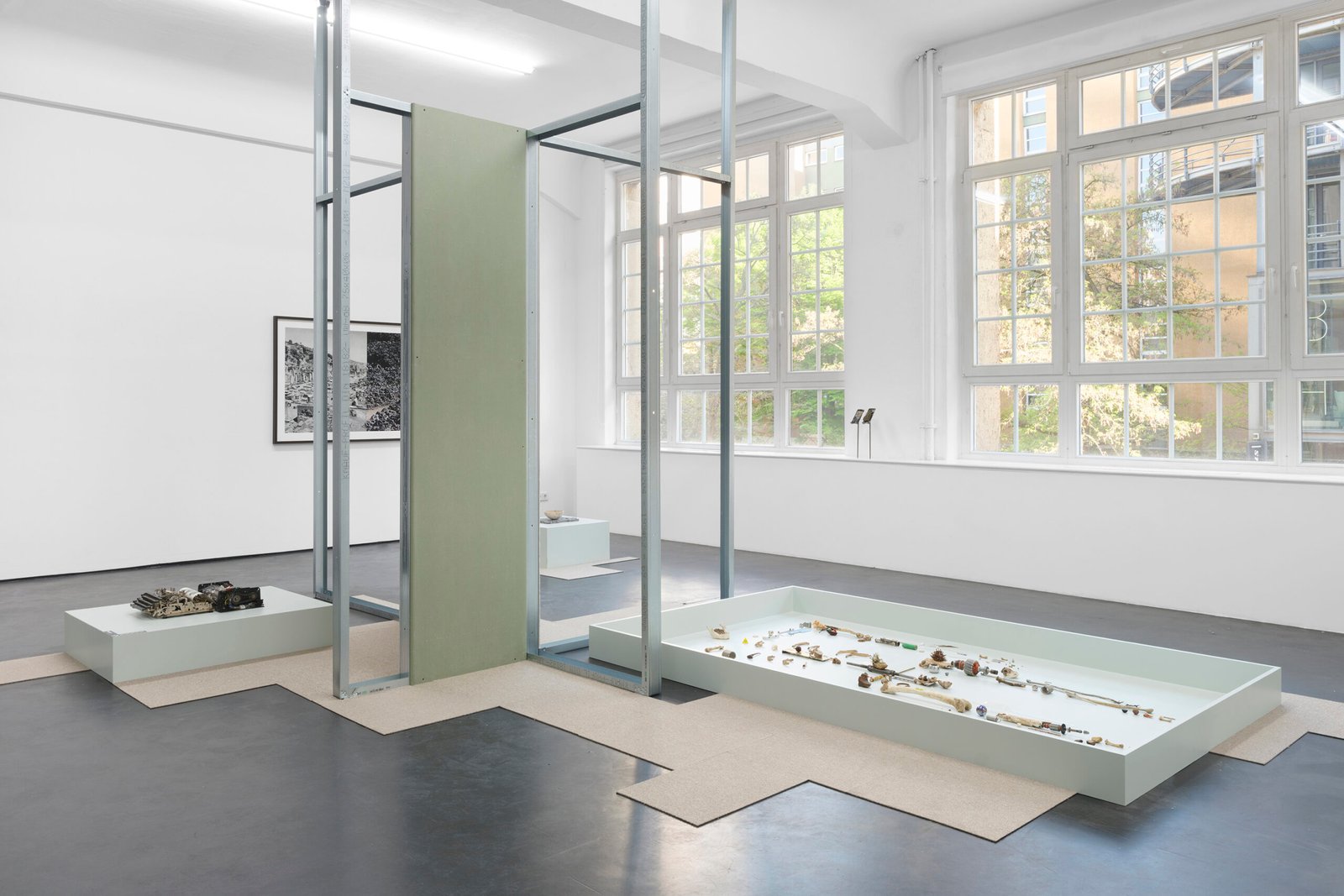
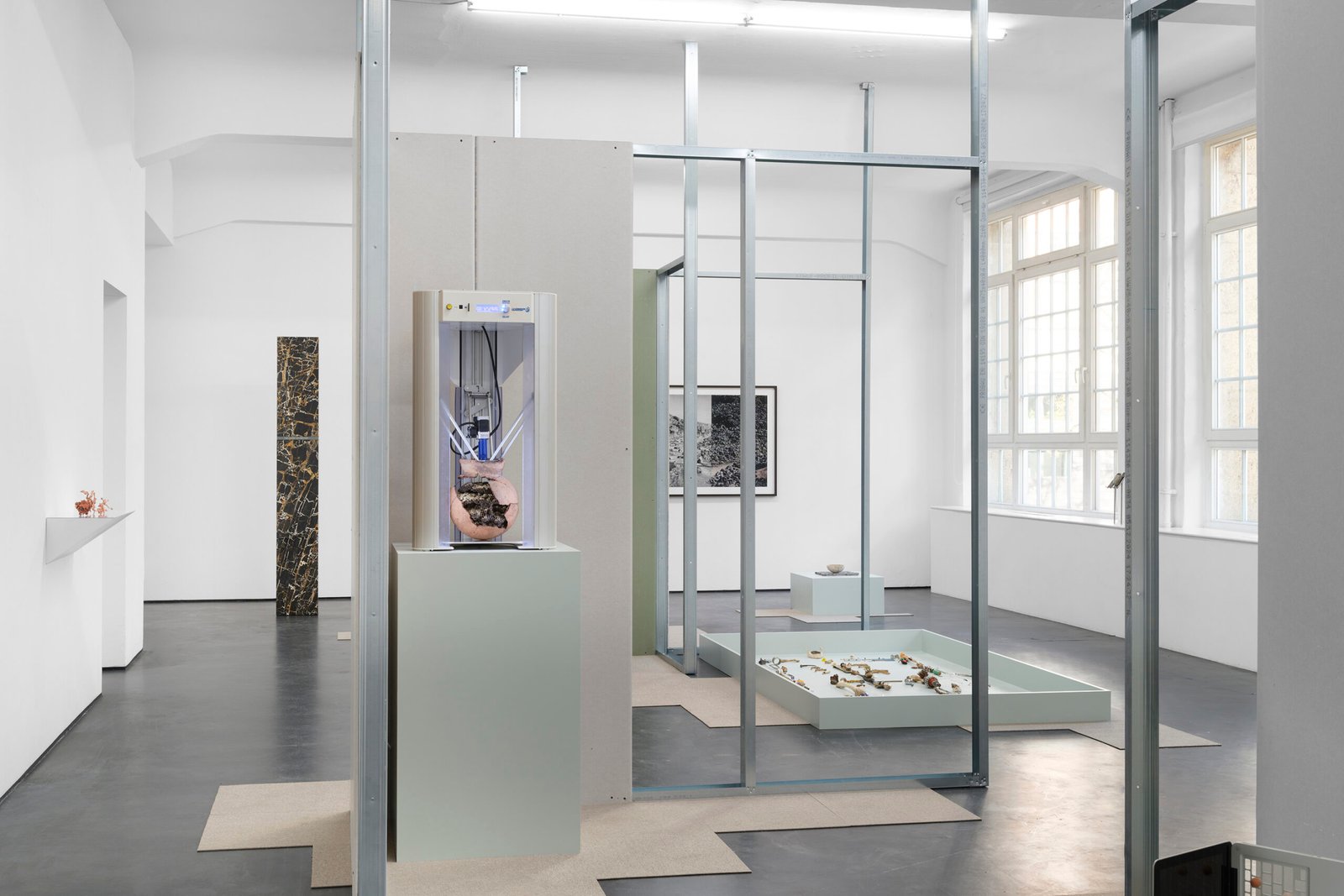

Archeologies of What is Coming Next (AT)
What if the future could be excavated like a ruin? What if the circuits of our machines, the architectures of our thought, and the residues of our social formations were not only evidence of where we’ve been but diagrams of what we are still becoming?
In his solo-exhibition fluid minds showcasing his latest body of work, Nicolás Lamas orchestrates an environment where distinctions between the organic and the synthetic, the cognitive and the material, dissolve into complex, interwoven dynamics. The maze-like installation is not a stage for passive observation, but a terrain of processes—partial, unstable, and constantly reorganizing. It evokes not merely an archaeological dig, but a space where the act of excavation itself becomes speculative: an inquiry into the unstable present and its entanglements with what has come before and what might follow.
Rather than treating history as a volatile line to be followed, Lamas reveals it as a pattern—recurrent, stratified, and recursive. He explores how certain systemic arrangements, especially those rooted in social cooperation, continually emerge across disparate contexts. From the coordinated behavior of insects to the formation of digital communities, the exhibition draws attention to the striking resemblance between biological grids and artificial networks. This is not a celebration of mimicry, but an invitation to rethink the assumptions that underpin our understanding of intelligence, organization, and agency.
Lamas’s approach suggests that technologies are not departures from nature but are part of its ongoing evolution. They do not stand apart from biology; they participate in its logic. This view allows us to consider robotic systems not as cold, autonomous constructs, but as entities embedded in broader cycles of interaction—shaped by and shaping their environments, accumulating data like sediment, responding like organisms to stimuli, learning from the swarm rather than the sovereign.
The exhibition space itself mirrors this vision. It refuses stability, instead provoking astonishment around every corner. Materials shift between states: organic remains blur into industrial waste, digital fragments appear fossilized, images are torn and recombined into ambiguous narratives. These juxtapositions propose a different mode of historiography—one not governed by clarity, sequence, or hierarchy, but by erosion, mutation, and recomposition. In this landscape, memory is distributed and partial; knowledge emerges not through control, but through entanglement.
Central to the inquiry is the notion that intelligence does not reside within a discrete mind or bounded form. It unfolds through connection—among bodies, tools, infrastructures, and species. This distributed consciousness—evident in animal behavior, termite mounds, fungal networks, and machine learning alike—raises difficult questions about authorship, autonomy, and evolution. If no singular agent controls the system, then where does meaning arise? How do we locate the human in a world increasingly shaped by nonhuman logics?
Lamas does not offer answers, nor does he impose coherence on the chaos. Instead, his works operate like conceptual instruments, generating tension, prompting association, and extending thought beyond anthropocentric limits. In this framework, the human becomes a participant rather than a protagonist—a mutable node in a dynamic ecology of matter and meaning.
The political implications of this are subtle yet far-reaching. By foregrounding structures that reappear across time and scale—cooperative models, feedback loops, shared cognition—the exhibition challenges the illusion of individualism that undergirds much of Western technological ideology. It points instead to the persistence of collective strategies, even when encoded in artificial substrates. The logic of the hive, the pack, the tribe—these are not archaic forms but latent templates that shape even our most contemporary systems, from algorithmic governance to distributed data storage.
This is where the archaeological metaphor regains its force. The works ask us not only to look back but to recognize how deeply the future is embedded in the present, how patterns repeat across layers of time, and how much of what we call innovation is a rearticulation of older, sometimes forgotten arrangements. Beneath the surface of the new lie residues of ancient coordination, ancestral instincts, and forgotten solidarities.
What Nicolás Lamas ultimately presents is a vision of the world not as a series of disconnected events or separate systems, but as a dense web of relationships—between people, technologies, organisms, and the pasts and futures they share. His work encourages us to see intelligence as something that doesn’t belong to individuals or machines alone, but that emerges from how things interact, adapt, and evolve together. By uncovering recurring patterns—from ancient social structures to today’s digital networks—fluid minds asks us to reconsider what progress really means. Instead of chasing novelty for its own sake, it suggests we look more closely at the systems that quietly persist and shape us across time. In doing so, Lamas opens a space for imagining new ways of living, thinking, and building—ones that are more connected, more ecological, and more attuned to the fragile complexity of our world.
Dr. Luisa Seipp
